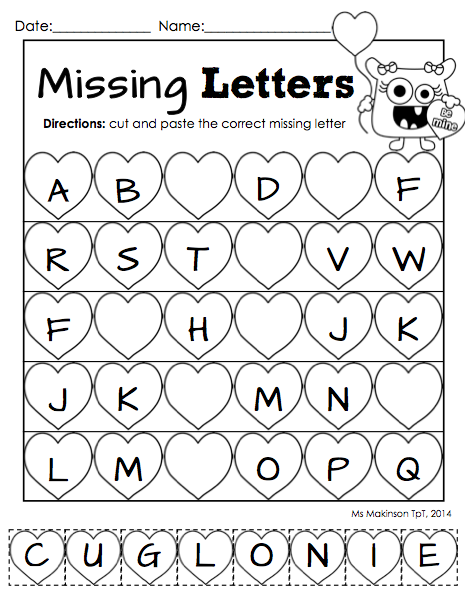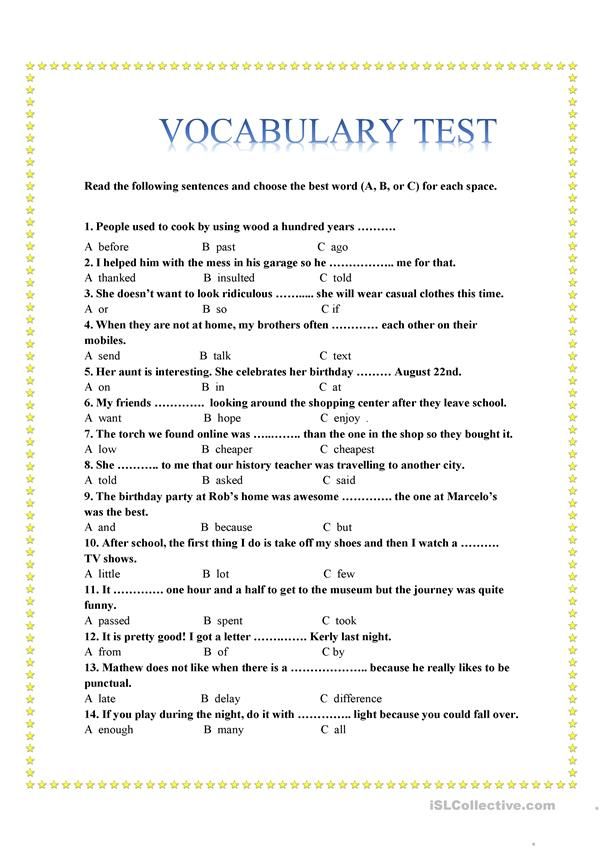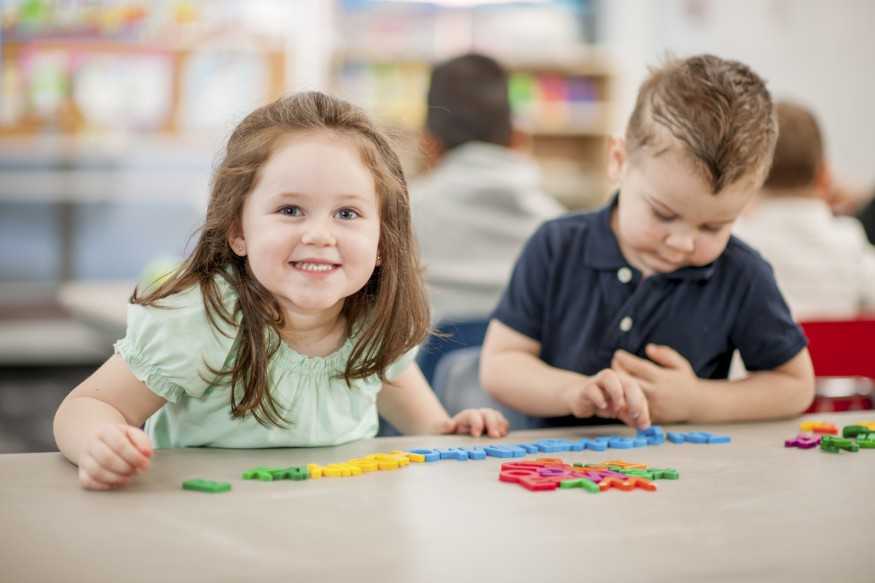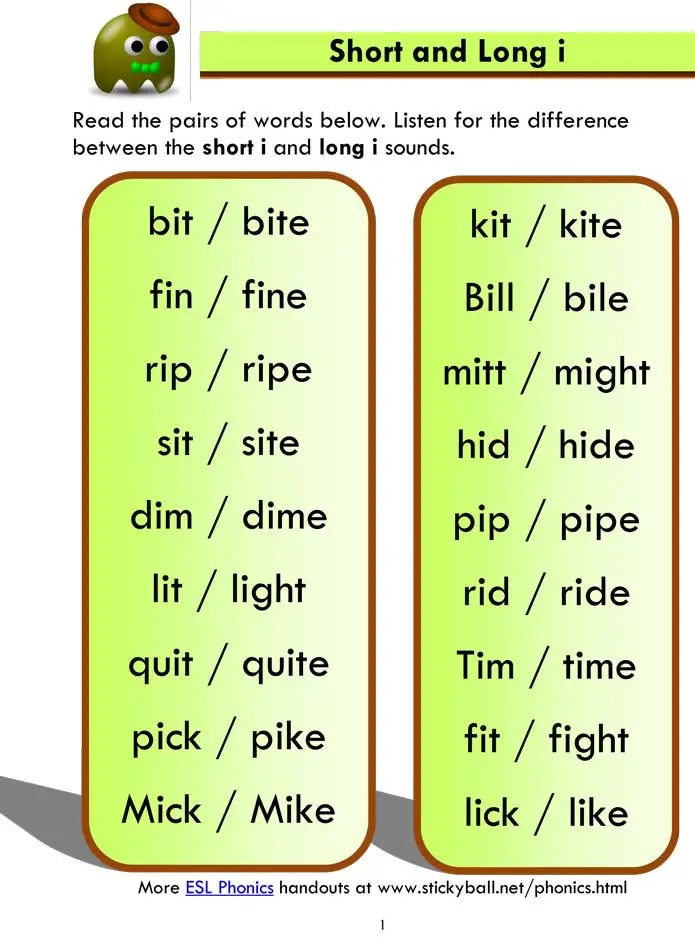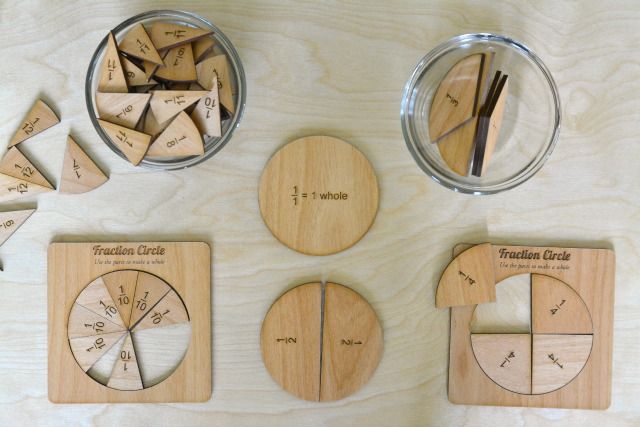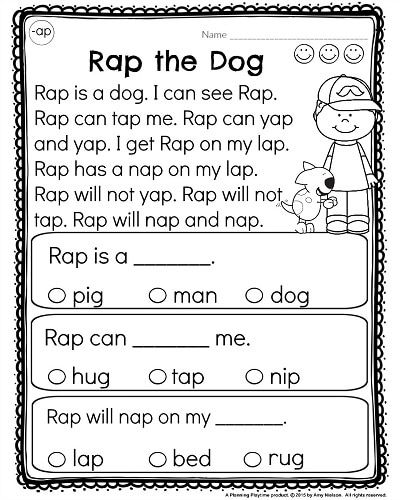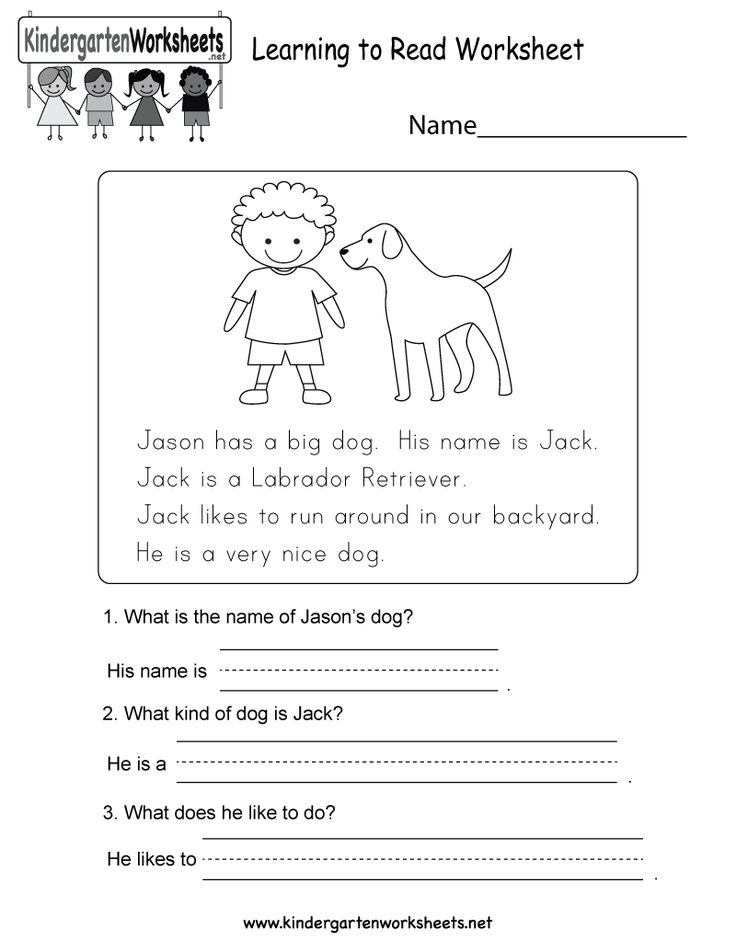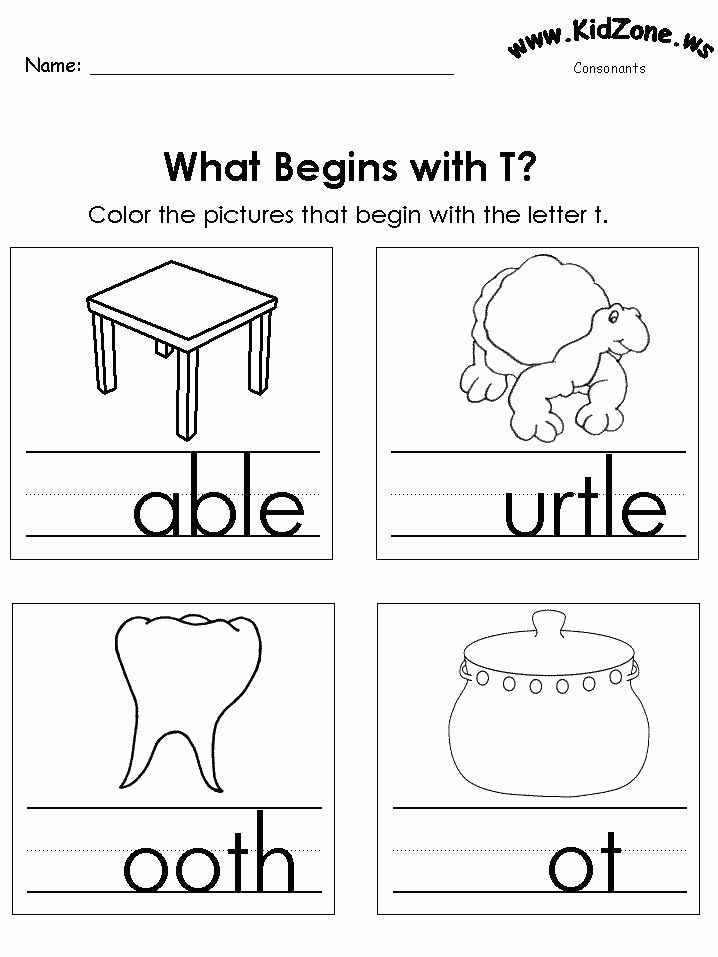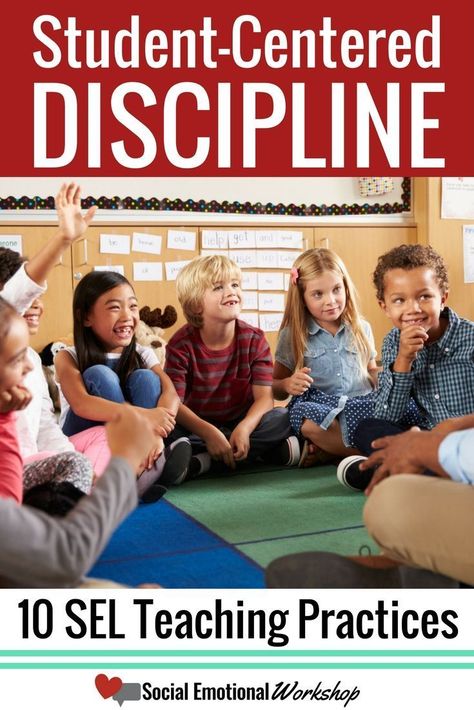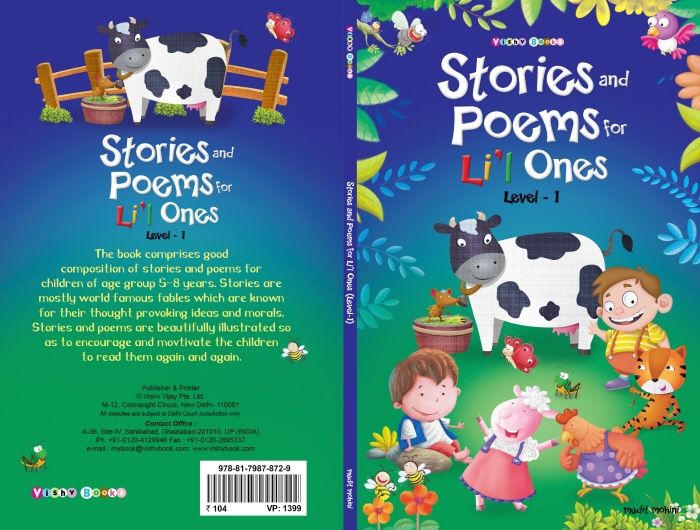What age should child know abc song
At What Age Should a Child Know the Alphabet?
As children grow, they naturally hit learning milestones. One of the most critical educational milestones a child must reach is learning the alphabet, which prepares them for reading and writing.
But at what age should a child know the alphabet?
In this article, you will learn at what age a child should know how to recite the alphabet, recognize and write individual letters, learn letter sounds, and eventually learn how to read. Read on to make sure your little one is on the right track!
At What Age Should a Child Know the Alphabet?
Recitation
Typically, by the age of three, children should be able to recite the alphabet. However, every child is different. Some toddlers may learn in their twos, and others might not pick it up until the late threes.
Children generally learn how to recite the alphabet through repetition. If you sing the ABC song to your kids often, they are more likely to pick it up quicker, just as they would any song.
Recognition
Most children can recognize letters between the ages of three and four. Most kids will recognize the letters in their name first.
For example, a boy named Jace will probably be able to remember what the letter “J” looks like as well as recognize most other letters in his name. Similar to alphabet recitation, use repetition to teach your children about recognizing individual letters. You may ask them, “What letter is that?” whenever you see an isolated letter.
Writing
By ages four to five, children will start writing letters. Children will learn to write the alphabet in preschool and kindergarten, but it may be beneficial to have your child practice writing his/her letters at home. Most children at this age know that written symbols represent messages and may be interested in writing on their own. One of the easiest ways children learn how to write letters is to begin tracing them.
Additionally, teaching your child how to write his/her name is an important step that will ultimately help them become familiar with writing the rest of the alphabet.
Sounds
By five years old, children will start to associate letters with their accompanying sounds, otherwise known as phonics. In other words, around the age of five, children should be able to reason that the word “book” starts with the letter B.
Children begin learning phonics in kindergarten, which is a vital step to decoding written text and begin reading.
Reading
By six years old, first graders should be able to read words aloud with ease. For the most part, children can recognize sight words and their names. Moreover, children can decode some words by sounding out their letter combinations.
By second grade, a child should be able to sound-out a simple book. By the third grade, your child should be able to read independently and fluently. By this point, your child should be a master of the alphabet and is ready to master the art of reading!
What If Your Child Isn’t Learning at the Rate S/He Should?
It’s important to remember that every child is different and may learn at a different rate. If your child isn’t learning the alphabet at the pace s/he should, one reason may be because s/he isn’t interested or is simply undergoing a minor setback.
If your child isn’t learning the alphabet at the pace s/he should, one reason may be because s/he isn’t interested or is simply undergoing a minor setback.
However, if your child is falling severely behind, it’s important to find out if your child truly has a problem learning or if it is nothing to worry about. Therefore, work one-on-one with your child to determine if there is a problem. For example, practice reading and writing with your child. If s/he is having a hard time comprehending the instruction or if it’s taking him/her an abnormally long time to do the task, consider talking with your child’s teacher about it.
In the end, if you suspect your child might have a reading or learning disability, discuss it with a doctor. If your child is truly suffering from a reading disability, it can cause him/her to fall behind in his/her education. The sooner you seek help, the sooner you will be able to find a solution that works for your precious little one!
Learn the Alphabet at a Top-Tier School!
So at what age should a child know the alphabet? Learning the alphabet is an ongoing process. That being said, it’s crucial to enroll your little one in a school that will not only teach him/her but also helps develop in him/her a love of learning.
That being said, it’s crucial to enroll your little one in a school that will not only teach him/her but also helps develop in him/her a love of learning.
Smaller Scholars Montessori Academy helps children become more confident, creative, and independent through the acclaimed Montessori experience. You can enroll your child in the toddler program, which is for kids between the ages of eighteen months and three years, or in the primary program, for children between three and six years. In both programs, children have a rich classroom environment in which they are encouraged to explore, learn, and thrive. Then, as children grow older, they can explore the elementary program for kids up to twelve years old.
What are you waiting for? Ensure your child learns the alphabet and how to read by enrolling your child in Smaller Scholars Montessori Academy! Contact them to learn more.
At What Age Should My Child Know The ABC Song?
by 1happykiddo
You might be wondering at what age should your child know the famous ABC song, to make sure they are keeping up with their childhood milestones.
While there is no correct age, most kids start recognizing letters and alphabets by age 2. Children that go to daycare might learn the ABC song even quicker, as they might be actively singing it there.
If your child is over 2 years old and doesn’t yet know the ABC song, there isn’t much to worry about.
First of all, most kiddos who learn the song around 2, especially those at daycare, learn through repetition. They’re learning the song from their daycare teacher, seeing & hearing their peers sing it as well, and practice singing it themselves until they get it.
My daughter started singing her ABCs around 2 years old also, and I attributed that to her being in daycare too. We would supplement her learning by having one of those foam letter mats that would have individual letters that you can pull out.
We’d spend time every day asking her to find certain letters, she would recognize some much quicker than others, and over time was able to get all of them without a mistake.
What should my child know at age 2?
The reason you landed on this post might be because you were wondering about when your child should know the ABC song, but also to see if they were keeping up academically with their peers and age 2 milestones.
As a parent, it’s great that you’re keeping up in this way to make sure you can help supplement any learning growth they’re going through. Don’t be hard on yourself, and especially your kiddo, if he or she is not exactly in line with peers.
Aside from academic learning, I know as a parent that potty training is something that can be stressful, and can dramatically vary in age, as far as when your little one should be trained.
When it comes to knowing their ABCs, some pick it up as early as their 2s, and some don’t know it by heart until they’re towards the end of their threes.
When should my child know the entire alphabet?
This can again vary with each kiddo, but they should typically know the entire alphabet (both reciting and finding different letters) by the age of 3.
If you’ve been assisting them with singing the ABC song, and using the letter mat that I mentioned earlier, they’ll have picked up learning the alphabet quicker.
What should a 2-year-old be saying?
If not the ABC song, what should a 2 year old be typically saying? How should their vocabulary be around this age?
According to research shared on Parents.com, the words below should be included in your 2-year-old child’s vocabulary. If they’re not using these words at a minimum, then it might make sense to look into it further.
Note that if they say a different version of the word listed below, whether its in a different language, or just a different version that you use at home, that’s okay and counts.
- Mommy
- Daddy
- Baby
- Milk
- Juice
- Hello
- Bye-bye
- Yes
- No
- Dog
- Cat
- Ball
- Nose
- Eye
- Banana
- Cookie
- Car
- Hot
- Thank you
- Bath
- Shoe
- Hat
- Book
- More
- All gone
Conclusion
2 year old kiddos grow at such rapid rate, whether it’s their appearance or vocabulary growth.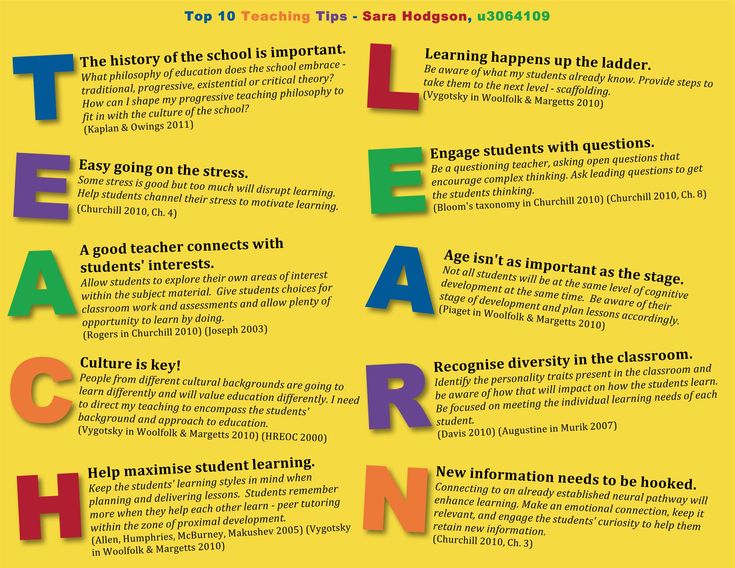
As a parent, be patient and keep nurturing your child to grow at their pace. We all enjoy learning in different ways, so be sure to look for cues on the way your child might enjoy learning the most.
Whether it’s a colorful book, at daycare with their peers, or through a kids show like Peppa Pig, find what helps your child thrive and help them grow 🙂
when to start and how to teach
When it's time to send a kid to school, his life enters a completely new phase, with which carelessness ends and everything has to be answered in an adult way. But how the child will perceive the changes that have come: with joy or fear, depends on the mood that parents who have their own idea of education can provide. Here it is very important not to let the novice student get confused, drown in the still unfamiliar sea of classwork, homework and school requirements. The first step to solving the problems that have arisen will be a preliminary study of the alphabet. But how to do it right, so as not to completely discourage the desire to learn? nine0003
In this case, there are no recommendations that are equally effective for all cases of life.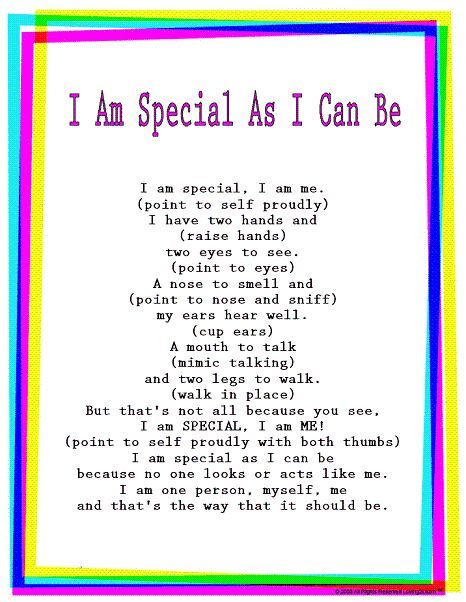 This requires an individual approach when you have to pay attention to the developmental features of each individual child. There are times when a baby is ahead of his peers in terms of mental development, and therefore masters the alphabet at 3 years old, or even earlier. If some kids cope with the task easily and quickly, then others may not be ready for the difficulties of learning. Only practice will help answer such questions. nine0003
This requires an individual approach when you have to pay attention to the developmental features of each individual child. There are times when a baby is ahead of his peers in terms of mental development, and therefore masters the alphabet at 3 years old, or even earlier. If some kids cope with the task easily and quickly, then others may not be ready for the difficulties of learning. Only practice will help answer such questions. nine0003
Irrespective of the age at which education starts, there are a number of rules that must be observed:
- study with pleasure;
- activities that bring joy and good mood;
- regularity of training.
Given the age of the baby, one can hardly count on a serious attitude to the process of learning the alphabet. You can’t combine a cheerful mood and joy with study if you rely on boring sitting at the ABC. Only a game can save the case, into which it is necessary to transform the lessons leading to the interest of the preschooler. In this case, it is important to touch on exactly the topic that is most interesting to a particular kid and in many ways resembles his hobby. In this task, there can be no restrictions on the imagination shown by parents who know all the nuances of the behavior and interests of their children. nine0003
In this case, it is important to touch on exactly the topic that is most interesting to a particular kid and in many ways resembles his hobby. In this task, there can be no restrictions on the imagination shown by parents who know all the nuances of the behavior and interests of their children. nine0003
Learning the alphabet through the game "Cards"
This approach to learning the alphabet will please not only simple, but also effective. The whole point of this method lies in the love of the kids for bright patterns that complement the letters and words placed on cards with an intricate and colorful design. Through the attractiveness of the picture, the preschooler shows the wonders of visual memory, along with which memorization by ear comes into play. It is this tandem that allows us to achieve the expected results. nine0003
As for buying these same cards, you can find them in any bookstore or outlet specializing in goods for children. If you wish and have some skills, you can start making cards with the alphabet on your own, or even with the participation of a child.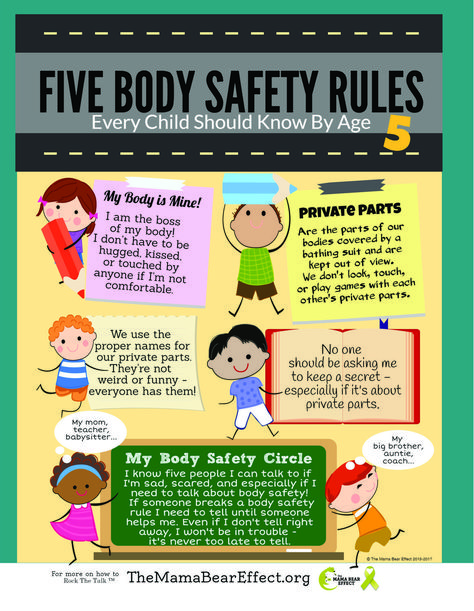
It can also be helpful when using the alphabet to use toys that a particular child especially likes. In this case, it is necessary to teach the child to substitute cards with letters for toys, focusing on their names. To arouse the increased interest of the baby, do not be afraid to diversify such activities. nine0003
A way of learning with the help of the alphabet
Due to the variety of equivalent variants of the same alphabet, you can always choose the analogue that is most suitable for a young individual. Is your child addicted to music? On sale there are a lot of offers with a musical bias, the diversity of which lies in the difference in the set of components of the corresponding direction. With an increased interest of your descendant in automotive or some other topic, you will also not have to experience special difficulties with searches. nine0003
In addition to preventing boredom, parents should avoid being too strict and serious. It would be more correct to play along with your child, which gives him the opportunity not only to feel comfortable, but also to see in the parent not a strict teacher, but his best friend.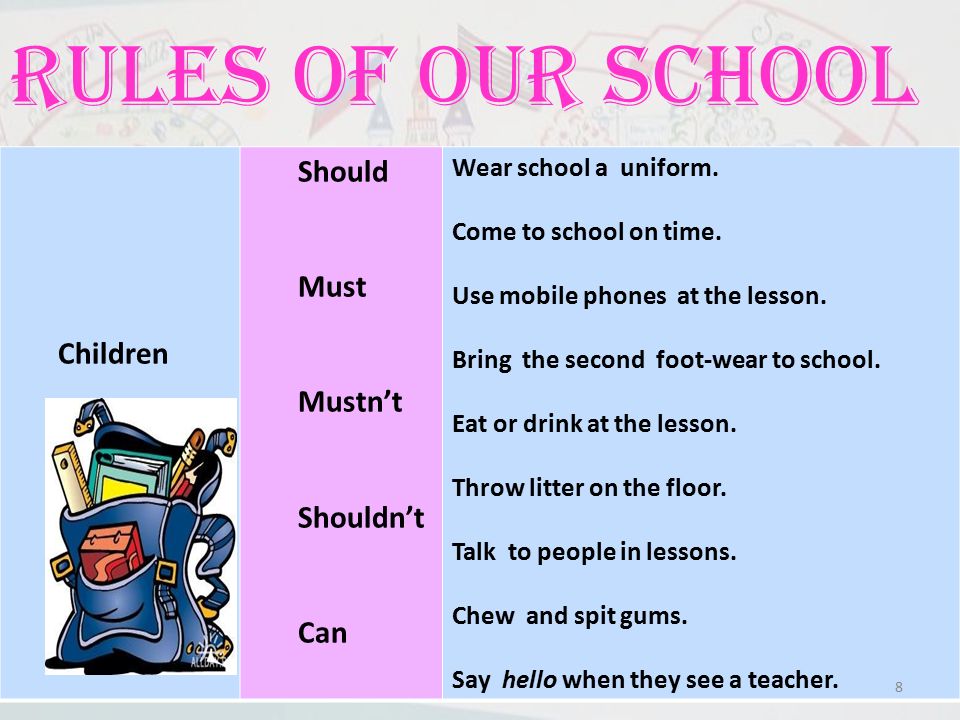 In order to avoid fatigue, adults need to learn the art of alternating study and rest. Do not want to tightly connect training with hatred for it? Do not force your children to study against their will.
In order to avoid fatigue, adults need to learn the art of alternating study and rest. Do not want to tightly connect training with hatred for it? Do not force your children to study against their will.
Educational interest materials nine0003
There are many different ways to add interest to learning the alphabet. You just need to be ready to discard the hardened old methods and give free rein to the fantasy that diversifies the educational process. For example: the child will definitely like the composition of poems and songs. Or maybe he will be interested in playing all kinds of scenes?
Good results will also bring the game with the use of foreign objects. For example: the search for a particular thing, the name of which begins with the letter being studied. The external similarity of objects with the outlines of individual letters can also work on learning the alphabet. nine0003
Regardless of the effectiveness of the methods used or games that help achieve the desired results, the regularity of classes is put in the first place.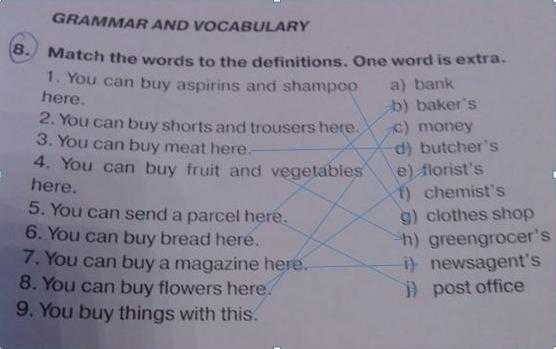 The lack of consistency in lesson planning inevitably leads to a loss of interest and forgetting the wisdom already mastered.
The lack of consistency in lesson planning inevitably leads to a loss of interest and forgetting the wisdom already mastered.
10 tips to use when learning the alphabet
From letters to the alphabet
One cannot but agree that each child is individual. One kid grasps everything on the fly, while another needs to find a special approach in order to teach even the simplest. You can start as early as two years old - at this age, kids are inquisitive and quickly remember everything new. But learning should be organized in a playful way. nine0003
The child will fall in love with reading in the future, if you regularly follow the simple rules:
- Read poems, fairy tales, books with your child every day. Well, if he himself wishes to choose literature for today;
- While reading, attention to the letters will be more attracted if you move your finger along the lines;
- Later, you can discuss what you have read with your child, ask for their opinion, retell the content yourself or ask them to retell it.
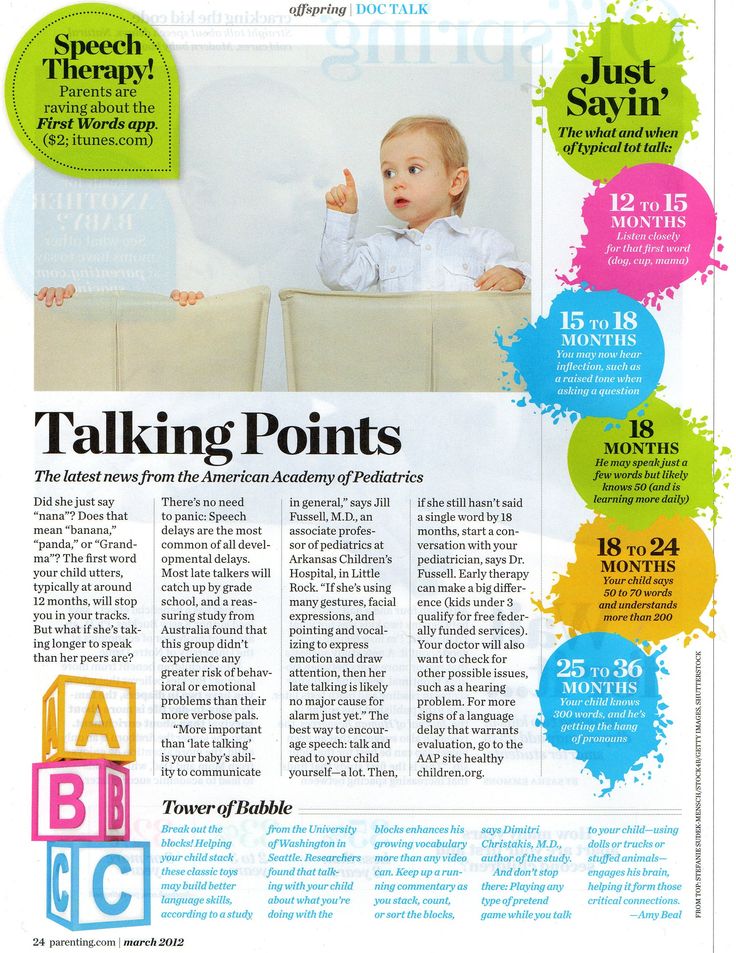 nine0010
nine0010
So the baby will be interested in the opportunity to read independently and will ask which letter is which. And to make the learning process interesting, various auxiliary tools will come to the rescue:
- magnetic alphabet;
- color primer;
- interactive poster;
- letter cubes.
Devoting a certain amount of time every day to learning the letters, very soon the baby will be able to tell the whole alphabet. nine0003
But at school it is not enough to know how this or that letter sounds. Children must know the entire alphabet by heart in the correct order. It is often difficult for a child who knows all the letters well to learn the sequence of their placement and how the letter is correctly called. Yes, and parents who have taught the baby all the letters, it seems that learning them in the correct sequence is not an easy task.
This is not entirely true. If a preschooler already knows all the letters and understands that these are not just signs, but they are needed for reading and writing, then with the right approach, it will not be difficult for him to learn the alphabet. nine0003
nine0003
Methods for memorizing letters in alphabetical order
There are many ways to quickly learn the alphabet with your child. For example, you can take the same cards, magnetic board or cubes that were used at the stage of learning letters. Several times a day, you need to pronounce the entire sequence with the child. If he gets tired quickly or gets bored with the activity, you can divide the alphabet into two parts.
A very simple but effective method is to sing the alphabet. Write down the finished song that the baby liked the most and sing it with him. You can also download your favorite song without words and sing the letters in the correct order instead of verses. nine0003
An occupation can become a favorite if you make the alphabet with your own hands. The child will be happy to take part in such a serious matter. To do this, together with your mother, cut out all the letters from cardboard and glue them in alphabetical order.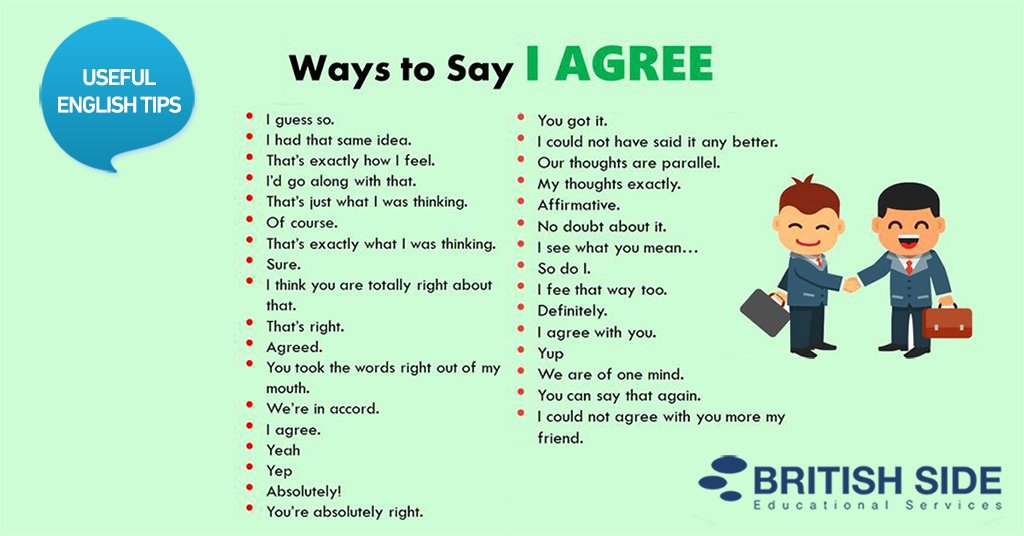 If desired, the work can be decorated with pictures and drawings. The kid will proudly show his work to his family and friends and he will want to quickly learn and tell which letter follows which.
If desired, the work can be decorated with pictures and drawings. The kid will proudly show his work to his family and friends and he will want to quickly learn and tell which letter follows which.
Success in this matter will come quickly if the classes are held under the following conditions:
- the child is not hungry;
- he is in a good mood;
- he slept well, not tired.
In any case, the child should have fun doing it. You can’t scold him if you don’t immediately manage to remember the material, this can discourage the desire to learn for a long time. If the crumbs succeed, if there is a first result, you must definitely praise him. Then he will happily continue his studies and soon, quickly and without errors, he will tell the entire alphabet from “A” to “Z”. nine0003
What if the alphabet is hard to do?
All children are completely different, you need to find your own approach to each. If the child categorically refuses to learn the alphabet, then it is worthwhile to postpone the classes and return to them later, when he is ready. During this period, it is worth trying several teaching methods. It’s good when parents and children go to educational stores together, because a new alphabet with three-dimensional letters and colorful pictures or a puzzle mat can really please the baby and become a good helper for classes. nine0003
During this period, it is worth trying several teaching methods. It’s good when parents and children go to educational stores together, because a new alphabet with three-dimensional letters and colorful pictures or a puzzle mat can really please the baby and become a good helper for classes. nine0003
Create an appropriate learning environment in the children's room. A bright alphabet poster or decorative pillows with letters will always be in front of the baby, and it will be easier for him to master the sequence of letters. And psychologists also believe that the material is absorbed more efficiently if it is highlighted in red.
Unfortunately, it often happens that parents do not have the opportunity or fail to learn the alphabet with their child on their own. In such cases, it is worth taking a closer look at good teaching aids. A series of educational cartoons on disks will come to the rescue. At the same time, do not forget that the time in front of a computer or TV for children should be strictly metered. The format of training in the form of a cartoon will hold the attention of a young student for a long time. And this means that the material will be learned well. nine0003
The format of training in the form of a cartoon will hold the attention of a young student for a long time. And this means that the material will be learned well. nine0003
The choice of such lessons is now huge, for example, the developing course "Learning to read", by Robert Saakyants. Throughout the lesson, the child watches with interest how the wise owl teaches the sequence of letters of the alphabet and teaches the little bunny to read. As practice shows, this type of training is very interesting and effective for the child.
A variety of online classes are all kinds of alphabet simulators.
It is not uncommon for a child to memorize letters in alphabetical order by writing them from dictation. Of course, provided that the child knows the letters and can write them at all. It will be more pleasant to write them with colored pencils, felt-tip pens or paints. You can also practice while walking: a stick, sand or colored crayons will do just fine. It is better to alternate approaches and teaching methods, so the baby will not tire of classes. nine0003
nine0003
If you want to help your child learn all the letters and the alphabet as early as possible, do not forget that learning can start when:
- the child pronounces sounds well;
- his vocabulary allows him to adequately express his thoughts and needs;
- uses full common sentences in colloquial speech;
- likes to listen when adults read to him and tries to “read” on his own. nine0010
If a child loves music, then a song will help him memorize the alphabet well:
Thirty-three sisters,
Written beauties,
They live on the same page,
And they are famous everywhere!
They are hurrying to you,
Glorious sisters,
They ask all the guys very much
Make friends with them!
A, Bae, Ve, Ge, De, E, Zhe -
We rolled on a hedgehog.
Ze, I, Ka, el, em, eN, O -
Together they climbed out the window.
Pe, er, es, Te, U, eF, Ha -
Rooster saddled.
Tse, Che, Sha, Shcha, E, Yu, I -
All are now my friends.
Five sisters were late -
Played hide and seek.
And now all the letters are up
In alphabetical order.
Get to know them, children:
Here they are standing in a row.
It is very bad to live in the world
For those who are unfamiliar with them.
Memorize the alphabet better by playing. To do this, you can try different game lessons:
- Children who love to play pantomime will enjoy learning in the form of their favorite game. To do this, they must draw each letter in order in an interesting and funny way. nine0010
- Using the alphabet, the child must find an object from the environment, the name of which begins with each subsequent letter.
- Those who like to draw will love the game of "living letters". With the help of parents, the child creates his own alphabet, where each letter is drawn in order. At the same time, the letters are different: each has its own “character”.

- You can give a small student an interactive game "Letters of the Russian alphabet". When the child connects the letters one after the other in the correct order, the picture “comes to life” at the end. At the same time, by clicking on each letter, the child will quickly remember how to pronounce it correctly. nine0010
- The letter hunt game can help you learn the alphabet sequence. It is interesting to play with several children at the same time. To do this, you need old newspapers or magazines, as well as scissors and an album. The first child to find, cut and paste all the letters in the correct order wins. If the children do not yet know the alphabet very confidently, then you can let them peep.
The alphabet is the foundation of literacy. Therefore, children need to be helped to master the letters, sounds, and also call them in alphabetical order. And for this it is not necessary to buy expensive textbooks or special programs. Learning the alphabet with a child, and at the same time refreshing it in memory by yourself, is quite within the power of every parent. nine0003
nine0003
You may find the title of this article immodest and the author presumptuous. Perhaps you think that the author used such a title in order to attract the attention of readers.
Yes, it is. The purpose of this title is to draw your attention to the really most effective way to teach your child the letters of the Russian alphabet in the shortest possible time and teach him to pronounce these letters with sounds. You will see for yourself the simplicity and effectiveness of this method by reading this article and starting to teach your child letters with its help. After five lessons, your child will know all 10 vowels well and begin to memorize consonants, even if before that he did not know a single letter. And, most importantly, he will learn letters in the process of games and will remember them firmly. nine0003
But first, a small digression. Before you start teaching your child letters, you must decide what he needs it for. Some parents are proud that they managed to teach letters to a two-year-old or even a one-and-a-half-year-old child. But this is worth doing only if at the same time you begin to teach your child to read. Any knowledge should immediately find its practical application. And teaching letters in itself, without simultaneous learning to read, does not make sense. There are many other, equally effective, ways to develop a child's memory and stimulate the brain during the formation period. It’s good if, by the beginning of learning to read, the child forgets these prematurely learned letters and does not pronounce them the way he was once taught: Bae, Ve, Ge ... or By, You, Gee ..., otherwise when reading it it will bother him a lot. You ask: "Well, if you teach a child letters and reading at the same time, then at what age is it better to start, is it already possible from two years old?" I believe that at home, in the family, a mother with a child of this age can already do; but first for half a minute, and then for several minutes during the day. As a result of such “lessons”, built in the form of a game, the child will develop the ability to concentrate on a particular lesson, and then, starting from the age of three and even a little earlier, he can be taught to read in a group of children like him.
But this is worth doing only if at the same time you begin to teach your child to read. Any knowledge should immediately find its practical application. And teaching letters in itself, without simultaneous learning to read, does not make sense. There are many other, equally effective, ways to develop a child's memory and stimulate the brain during the formation period. It’s good if, by the beginning of learning to read, the child forgets these prematurely learned letters and does not pronounce them the way he was once taught: Bae, Ve, Ge ... or By, You, Gee ..., otherwise when reading it it will bother him a lot. You ask: "Well, if you teach a child letters and reading at the same time, then at what age is it better to start, is it already possible from two years old?" I believe that at home, in the family, a mother with a child of this age can already do; but first for half a minute, and then for several minutes during the day. As a result of such “lessons”, built in the form of a game, the child will develop the ability to concentrate on a particular lesson, and then, starting from the age of three and even a little earlier, he can be taught to read in a group of children like him.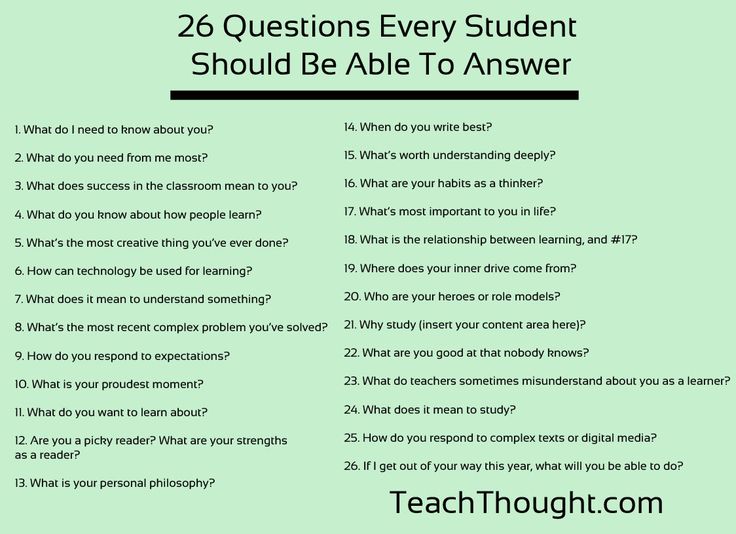 Just do not forget that learning to read, and especially early, should take place without coercion, in the game, against the backdrop of positive emotions. nine0003
Just do not forget that learning to read, and especially early, should take place without coercion, in the game, against the backdrop of positive emotions. nine0003
How to quickly and correctly learn the alphabet with your child. Tips and rules for learning the alphabet. Interesting tricks for learning letters at different ages (from 3 to 6 years). Techniques for memorizing letters.
All parents sooner or later face such tasks: how to teach a child the alphabet, how to do it correctly so as not to discourage the child from wanting, and what methods are best to use.
Some children begin to recognize letters between the ages of 2 and 3 and can identify most letters by age 4. This means that you can start learning the alphabet with your child when he is about 3 years old. Of course, you should not expect that the child will immediately remember a lot of letters, this will take time. nine0003
Doctors and teachers believe that it is best to learn letters after 3 years. From this age, children have increased curiosity and ability to learn.
From this age, children have increased curiosity and ability to learn.
But since each baby develops individually, parents should seize this moment. If there are problems with stuttering, with the pronunciation of sounds, then it is better to wait.
There are several rules that will help you prepare for learning the alphabet:
- let the child choose the book you will read and turn the pages himself; nine0010
- carefully examine and discuss pictures;
- Discuss the reading, have the child retell the story.
It is recommended to use methods that can attract the attention of the child, since interest makes it easier to learn and remember. It is important to praise the baby and in no case should you scold. Classes should be held at the same time, regularly, in order to develop a habit.
There is a general instruction for learning the letters of the alphabet:
First, it is better to start learning letters from simple ones and those that are most often used, gradually moving on to rare and complex ones.
Secondly, one letter in a couple of days will be enough for a baby. You can fix the result with the help of cards with objects cut out of paper or fabric of letters molded from plasticine. In order for the child to forget a previously learned letter, it is worth starting each lesson with a repetition.
Third, parents can tell the child what the letter looks like, read short poems about it, or sing a song. nine0003
Learning the alphabet at 3 years old
The first step in teaching the alphabet to a three year old is to get him interested. More often he begins to show interest in letters while reading. The task of mom and dad is to support this interest. By this age, the baby has favorite fairy tales, poems (if parents read a lot of books to him). There is a motivation to master the alphabet in order to read it yourself in the future. Best at the age of three, children remember the first letter of the name, the letters A, B and C.
So, how to teach a child letters:
First, you can use blocks with letters drawn on them, cards, magnetic alphabet, various posters and stickers.
Secondly, parents and their child should draw letters on paper, on a blackboard, or on asphalt. This will help you remember the letters faster.
Thirdly, you can fold letters from various household items, such as buttons, sticks, and so on. Such an activity will be useful not only in terms of learning the alphabet, but will also allow you to develop fine motor skills. nine0003
The main rule is that the alphabet is studied one letter at a time.
It is important to remember that a child at the age of 3 should not be forcibly forced and forced to learn letters - this can discourage all interest and desire, and in the future it will be harder to teach a child letters.
Learning the alphabet at 4 years old
Classes with a four-year-old child are carried out in the same way as for a three-year-old child. Games are again used to learn letters. You can continue to add letters from objects.
Parents must include new games. It can be: “Magic bag”, “Find pictures”. The first game: letters are cut out of cardboard into a bag. The kid sticks his hand in there and, without looking, determines the chosen letter. Then he takes it out and checks if he named it correctly.
The first game: letters are cut out of cardboard into a bag. The kid sticks his hand in there and, without looking, determines the chosen letter. Then he takes it out and checks if he named it correctly.
In the second game, a set of pictures is used, with objects depicted on them and starting with different letters. 3-4 pictures and a certain letter of the alphabet are laid out, and the child looks for the depicted objects starting with it. nine0003
Learning the alphabet at 5 years old
At the age of 5, the child already consciously shows an interest in reading. He understands that letters can form words, and words can form sentences. A five-year-old kid can independently, without prompting from parents, use improvised objects to make letters, sculpt them from plasticine.
Electronic primer at this age will be very useful - it will interest and captivate the child. In this case, it is very important to choose the right primer. The letters should be pronounced as the sounds denoting them (not "er", but "r" or not "en", but "n"). nine0003
nine0003
For four- and five-year-old children there is a special workbook “Learning Letters”, which they can use together with their parents or on their own.
At this age, the main thing is that the child speaks correctly and coherently. To do this, parents should ask the child to tell something, for example, what he did today, let him retell his favorite fairy tale, and so on.
Learning the alphabet at 6 years old
6 years is the best time to memorize the alphabet and start reading. Therefore, parents should not worry too much if before that their baby did not show any desire to learn letters. At 6 years old, the alphabet is much faster than at 3 years old. nine0003
In this case, primers, magnetic alphabet can be used for classes, copybooks will be useful. You can watch with your child special cartoons that teach letters. Now there are many useful applications for smartphones, sites with educational games on the Internet that help a child learn the alphabet.
The whole family can create an author's primer. To do this, you need to draw or cut out a letter and a picture depicting an object with this letter from paper. Then glue them on the page in the sketchbook. The child will love this work. nine0003
Sequential lessons with the use of the primer contribute to the fact that in parallel with the study of the alphabet, a six-year-old child learns to read.
So, the main rules of how to teach a child letters:
- In order for a child to learn the alphabet, parents should not force them to study.
- The most favorable for studying letters is a game form of learning.
- It is worth starting classes when the child has an interest in letters. nine0010
- The best way to learn the alphabet is for parents to arouse the child's curiosity.
- It is worth choosing interesting games that the child will sincerely want to play.
- If the child is not interested, he does not want to play with letters, then in this case the parents should postpone the lessons, because the child is not yet ready for this.

- Consolidating learned material is very important. Parents should ask the child to name the letters that are in the surrounding objects. Let him draw them himself. nine0010
Now you have learned how to help your child learn the alphabet. Remember, you should not demand more from him than he can remember. And even if something does not work out for him, do not scold. Pay attention to the mood of the child, if he is tired. Your baby will be able to easily remember all the letters if you take into account the tips given in the article.
Skills such as reading and writing are used by most adults on a daily basis without thinking. But once each of us got acquainted with the wonderful world with a child of 5 years old and is it worth starting learning the alphabet at an earlier age? nine0003
When is it time to get acquainted with letters?
The topic of early development is incredibly popular these days. Many supporters of learning from the cradle advise introducing babies to the alphabet no later than the first birthday. Indeed, almost all children at an early age are real geniuses. With regular classes, by the age of 2, a child can be taught a lot. But remember that without regular repetition of the material covered, the baby will soon forget it.
Indeed, almost all children at an early age are real geniuses. With regular classes, by the age of 2, a child can be taught a lot. But remember that without regular repetition of the material covered, the baby will soon forget it.
At what age is it most useful to learn letters? The best option is to start studying at about 4-5 years old. It is at this age that the baby has a rich vocabulary and knows a lot about the world around him. After learning the alphabet with him, you can move on to the basics of reading and writing. Regularly using the acquired knowledge and deepening it, the child will definitely not forget the letters. nine0003
Secrets of successful learning of the alphabet
Any activities with a preschooler are productive only if the student is interested. Before introducing the baby to the world of letters, he should be interested in this topic. Try to read to your child more often. Talk about how, having learned the alphabet, he will be able to read any book or even his father's newspaper.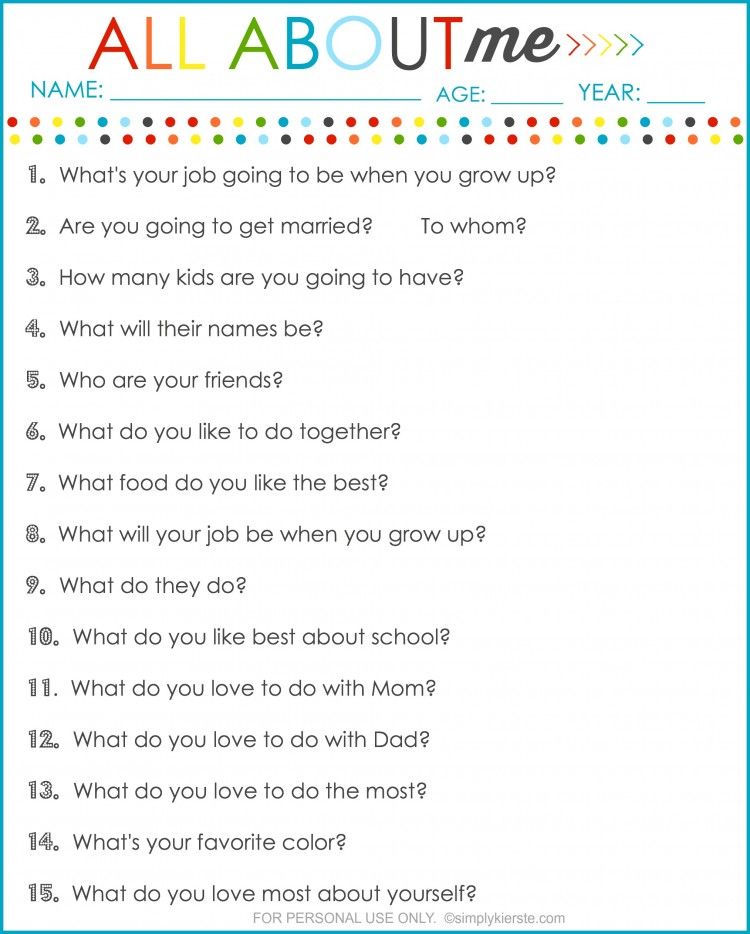 It is also useful to remind from time to time that you can read not only exciting stories, but also useful encyclopedias. And most importantly - inspire the child by personal example. Almost always in families where adults read books, kids learn to write and read with great pleasure. nine0003
It is also useful to remind from time to time that you can read not only exciting stories, but also useful encyclopedias. And most importantly - inspire the child by personal example. Almost always in families where adults read books, kids learn to write and read with great pleasure. nine0003
How to learn the alphabet with a 5 year old, you ask? Start with games that introduce letters. Do not try to organize classes like school lessons, most likely the child will be bored. Teachers also do not recommend forcing kids. If learning becomes a duty, interest in it is unlikely to continue.
Creating the right learning environment
It is useful to use to facilitate the process of assimilation of new information Add some letters to the interior of your own apartment and children's room. You should not turn the whole house into one continuous alphabet, the baby can get tired of an overabundance of information. Letter puzzle rug, decorative pillows with the name of the child, large clear inscriptions in the interior in moderation are incredibly good. Watching such details every day, the baby will begin to show interest in them on his own. And this is a great opportunity for parents to talk about the letters and name each of them. nine0003
Watching such details every day, the baby will begin to show interest in them on his own. And this is a great opportunity for parents to talk about the letters and name each of them. nine0003
Do you know the correct pronunciation of the Russian alphabet for children? Many modern experts advise learning not the names of letters, but sounds. This is necessary so that later it will be easier to teach the child to read. The simplest are vowels, consisting of one sound. And the most difficult are hissing consonants and vowels, consisting of two sounds. Don't try to learn the whole alphabet at once. It is much more productive to master 4-6 letters, and then move on to the next group. nine0003
Fast memory associations
Toddlers pay attention to objects and images in bright colors that they think are attractive. It is believed that the letters of the alphabet for children should be written in red. You can make them stylized, draw eyes or turn them into real animals. Learning such an alphabet will be much more interesting than the usual one.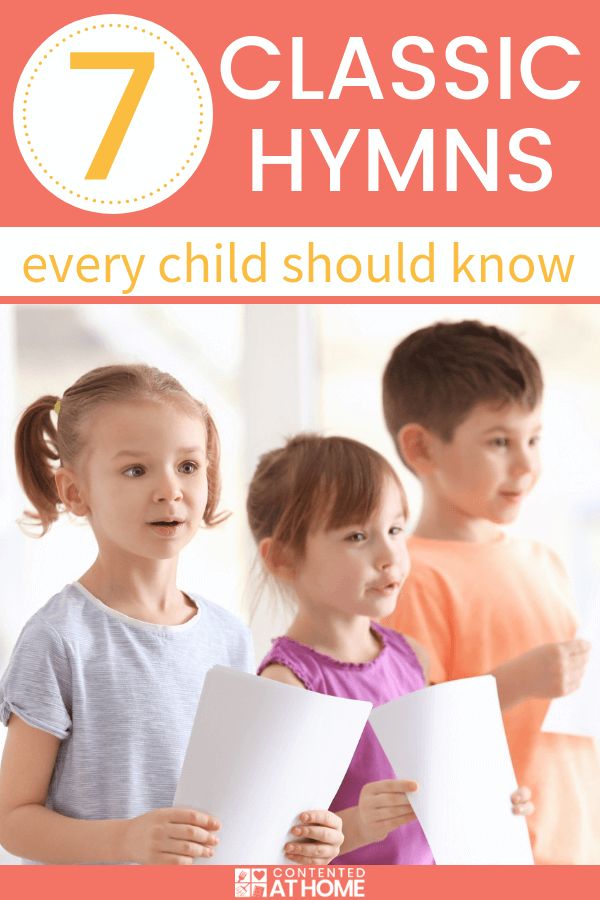
One of the classic teaching aids for preschool children is letters with pictures. The task of parents, when using it, is to explain that the letter character denotes the first sound of the word depicted graphically. The alphabet in pictures should be in every kid who is just getting acquainted with the world of letters. Pick up an alphabet book in a similar design, cubes or cards. If desired, such a manual can be made by hand. Cut out cards of suitable size from thick cardboard and draw or paste letters and pictures on them. nine0003
Writing letters
The easiest way to help your child repeat and remember letters is to ask them to write them. At the beginning of the lesson, invite the child to repeat what the mother draws. As you memorize the letters, ask them to reproduce them from memory. You can draw with colored pencils, felt-tip pens or paints. Encourage your child to use chalk to write letters on a special board or outdoors. A fun alphabet can be drawn with special paints in the bathroom on the tiles while swimming. On a walk, offer to write with a twig in the snow or sand. nine0003
On a walk, offer to write with a twig in the snow or sand. nine0003
Despite their simplicity, these activities are incredibly effective. Alternate materials and techniques for writing letters, and then your baby will be happy to study every day.
Educational creativity
Do you know that letters can not only be written? Try to make them using various techniques: sculpt from plasticine, cut out of paper. How to learn the alphabet with a child 5 years old yet? One of the most enjoyable and effective ways is to invite the baby to make his own alphabet. The smallest can simply color in large printed or drawn letters. nine0003
Another kind of creativity, loved by all children without exception, is appliqué. Invite your child to stick the letters cut out of colored paper on the background sheet or collect them from separate strips. You can also draw the desired shape on the base and glue it with small multi-colored pieces of paper.
Experiment and create with different techniques. Make all the letters, and hang the resulting cheerful alphabet in a conspicuous place and repeat from time to time.
Make all the letters, and hang the resulting cheerful alphabet in a conspicuous place and repeat from time to time.
Repetition is the mother of learning
No less effective than directed lessons is the repetition of the material covered between times. Try to read fairy tales to your child every day. Draw your child's attention to the highlighted capital letters and name them. Many children enjoy looking at magazines and catalogs. Offer to look for the most if desired, they can even be cut out and then used for applications or composing words. Find poems and songs about the alphabet and learn them with your baby. You can also come up with fairy tales together, the main characters of which will be letters. It is easy to repeat the alphabet while walking or shopping. We see bright signs and advertising posters at every step. Read them together or name individual letters. nine0003
Useful alphabet learning aids
Today you can find many aids and themed toys for teaching alphabets to kids. Which of them to choose? Be sure to get the alphabet in pictures - it can be cubes, cards or a book. It is important that all letters are arranged in the correct sequence and that there is a thematic drawing next to each of them.
Which of them to choose? Be sure to get the alphabet in pictures - it can be cubes, cards or a book. It is important that all letters are arranged in the correct sequence and that there is a thematic drawing next to each of them.
Many moms love the interactive ABC posters. Such an educational toy is hung on the wall. The poster is convenient in that the baby can work with him at any time of his own free will. Interactive alphabets today can not only name letters when pressed, but usually have additional functions. For example, learning rhymes and tongue twisters. Traditional cubes or sets of magnets will also be useful when studying letters. nine0003
Now you know how to learn the alphabet with a 5-year-old child, we wish you productive learning!
interesting techniques and tips. A way of learning with the help of the alphabet
When it's time to send a kid to school, his life enters a completely new phase, with which carelessness ends and everything has to be answered in an adult way. But how the child will perceive the changes that have come: with joy or fear, depends on the mood that parents who have their own idea of education can provide. Here it is very important not to let the novice student get confused, drown in the still unfamiliar sea of classwork, homework and school requirements. The first step to solving the problems that have arisen will be a preliminary study of the alphabet. But how to do it right, so as not to completely discourage the desire to learn? nine0003
But how the child will perceive the changes that have come: with joy or fear, depends on the mood that parents who have their own idea of education can provide. Here it is very important not to let the novice student get confused, drown in the still unfamiliar sea of classwork, homework and school requirements. The first step to solving the problems that have arisen will be a preliminary study of the alphabet. But how to do it right, so as not to completely discourage the desire to learn? nine0003
In this case, there are no recommendations that are equally effective for all cases of life. This requires an individual approach when you have to pay attention to the developmental features of each individual child. There are times when a baby is ahead of his peers in terms of mental development, and therefore masters the alphabet at 3 years old, or even earlier. If some kids cope with the task easily and quickly, then others may not be ready for the difficulties of learning. Only practice will help answer such questions.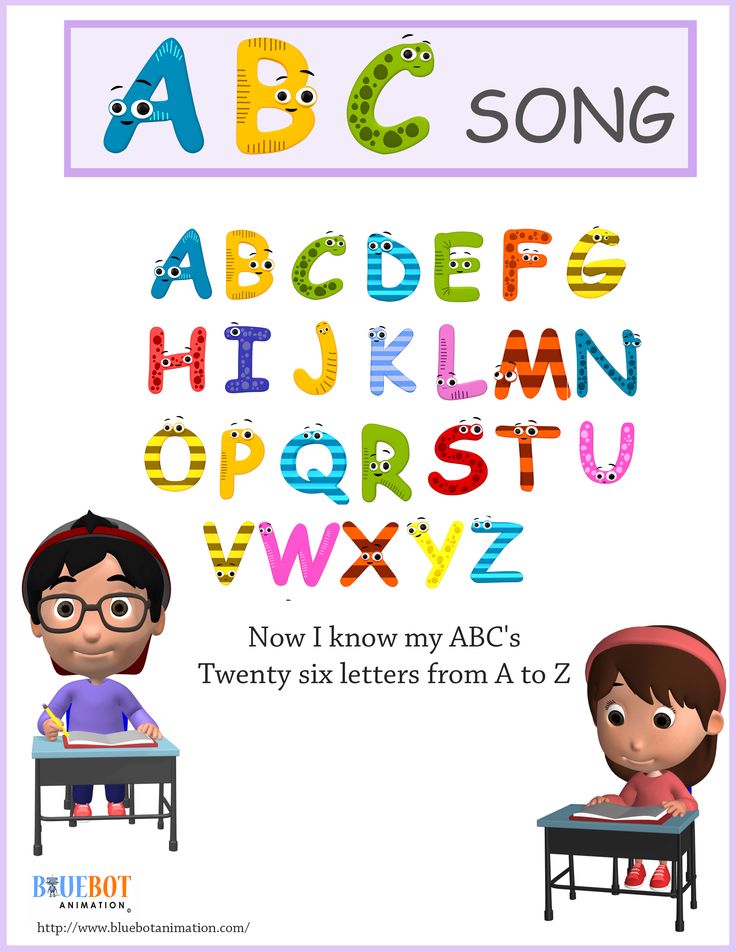 nine0003
nine0003
Irrespective of the age at which education starts, there are a number of rules that must be observed:
- study with pleasure;
- activities that bring joy and good mood;
- regularity of training.
Given the age of the baby, one can hardly count on a serious attitude to the process of learning the alphabet. You can’t combine a cheerful mood and joy with study if you rely on boring sitting at the ABC. Only a game can save the case, into which it is necessary to transform the lessons leading to the interest of the preschooler. In this case, it is important to touch on exactly the topic that is most interesting to a particular kid and in many ways resembles his hobby. In this task, there can be no restrictions on the imagination shown by parents who know all the nuances of the behavior and interests of their children. nine0003
Learning the alphabet through the game "Cards"
This approach to learning the alphabet will please not only simple, but also effective. The whole point of this method lies in the love of the kids for bright patterns that complement the letters and words placed on cards with an intricate and colorful design. Through the attractiveness of the picture, the preschooler shows the wonders of visual memory, along with which memorization by ear comes into play. It is this tandem that allows us to achieve the expected results. nine0003
The whole point of this method lies in the love of the kids for bright patterns that complement the letters and words placed on cards with an intricate and colorful design. Through the attractiveness of the picture, the preschooler shows the wonders of visual memory, along with which memorization by ear comes into play. It is this tandem that allows us to achieve the expected results. nine0003
As for buying these same cards, you can find them in any bookstore or outlet specializing in goods for children. If you wish and have some skills, you can start making cards with the alphabet on your own, or even with the participation of a child.
It can also be helpful when using the alphabet to use toys that a particular child especially likes. In this case, it is necessary to teach the child to substitute cards with letters for toys, focusing on their names. To arouse the increased interest of the baby, do not be afraid to diversify such activities. nine0003
A way of learning with the help of the alphabet
Due to the variety of equivalent variants of the same alphabet, you can always choose the analogue that is most suitable for a young individual.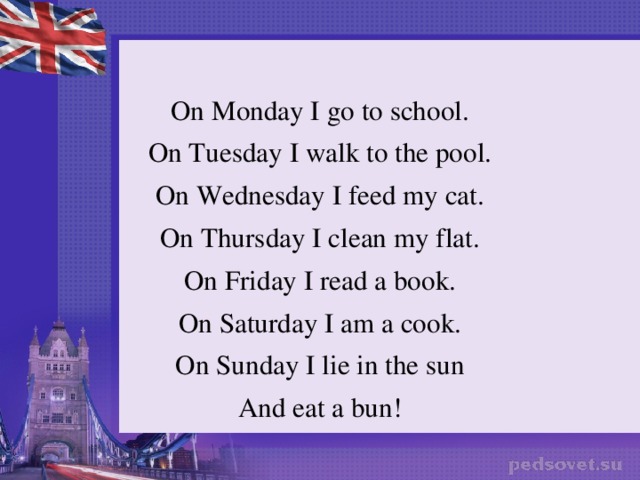 Is your child addicted to music? On sale there are a lot of offers with a musical bias, the diversity of which lies in the difference in the set of components of the corresponding direction. With an increased interest of your descendant in automotive or some other topic, you will also not have to experience special difficulties with searches. nine0003
Is your child addicted to music? On sale there are a lot of offers with a musical bias, the diversity of which lies in the difference in the set of components of the corresponding direction. With an increased interest of your descendant in automotive or some other topic, you will also not have to experience special difficulties with searches. nine0003
In addition to preventing boredom, parents should avoid being too strict and serious. It would be more correct to play along with your child, which gives him the opportunity not only to feel comfortable, but also to see in the parent not a strict teacher, but his best friend. In order to avoid fatigue, adults need to learn the art of alternating study and rest. Do not want to tightly connect training with hatred for it? Do not force your children to study against their will.
Educational interest materials nine0003
There are many different ways to add interest to learning the alphabet. You just need to be ready to discard the hardened old methods and give free rein to the fantasy that diversifies the educational process. For example: the child will definitely like the composition of poems and songs. Or maybe he will be interested in playing all kinds of scenes?
For example: the child will definitely like the composition of poems and songs. Or maybe he will be interested in playing all kinds of scenes?
Good results will also bring the game with the use of foreign objects. For example: the search for a particular thing, the name of which begins with the letter being studied. The external similarity of objects with the outlines of individual letters can also work on learning the alphabet. nine0003
Regardless of the effectiveness of the methods used or games that help achieve the desired results, the regularity of classes is put in the first place. The lack of consistency in lesson planning inevitably leads to a loss of interest and forgetting the wisdom already mastered.
10 tips to use when learning the alphabet
Modern parents sometimes go to extremes in matters of development and education of the child. Some are engaged with the baby literally from the cradle, others believe that you need to leave the child alone and not deprive him of a happy and carefree childhood. But if you are thinking not only about how to teach a child the alphabet, but also about whether it is necessary to do this, we will answer unequivocally: it is necessary. After all, letters are all around us. And if you unobtrusively introduce your son or daughter to them from an early age, the child will know that this is such and such a letter as easily as knowing that this is a dog, this is a cat, and this is a dove. nine0003
But if you are thinking not only about how to teach a child the alphabet, but also about whether it is necessary to do this, we will answer unequivocally: it is necessary. After all, letters are all around us. And if you unobtrusively introduce your son or daughter to them from an early age, the child will know that this is such and such a letter as easily as knowing that this is a dog, this is a cat, and this is a dove. nine0003
In addition, some children themselves are interested in letters, and parents have no choice but to teach the child the alphabet as early as 2-3 years old. Remember the main rule: unobtrusiveness.
Why teach a child the alphabet
Of course, a 4-5 year old toddler will learn all the letters much faster than a two or three year old kid who quickly loses interest in classes and quickly forgets everything. This leads parents to think about the inappropriateness of such work. But with early learning, letters will come naturally into your child's life.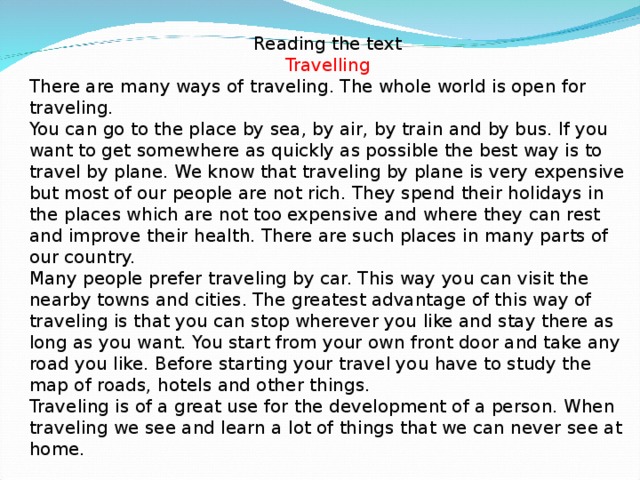 nine0003
nine0003
Remember that early development is not about praising your baby on the playground in front of other mothers. Some babies at the age of one and a half years know all the letters, by the age of two they begin to merge them into syllables, and by three they safely forget about this merger. There is simply no need for a two-year-old to read. Early acquaintance with the alphabet does not make children geniuses, but only contributes to the development of their natural abilities, being at the same time a useful and exciting way for children to spend time together with their parents. nine0003
back to contents
How to teach the alphabet to a child 1-3 years old
There are parents who guide the development of children with the motto "it's never too early to learn." They hang letters drawn on an A4 sheet in a baby's room up to a year old. There should be only one letter per sheet. When the child is awake, he is brought to the letters and called them. From time to time, you should change the location of the letters on the wall and replace one letter with another.
From time to time, you should change the location of the letters on the wall and replace one letter with another.
back to contents
For a child over one year old, you can buy a puzzle mat with letters, and after two years - a magnetic alphabet (just make sure that the magnets do not fall out of the letters - the child may accidentally swallow them). nine0003
Pay attention to the fact that the child needs to be taught sounds, not letters. That is, pronounce H, not EN, M, not EM. That is why electronic aids should be abandoned, in which the child clicks on the image, hears the letter and the word that begins with it, and sometimes also a song or tongue twister. The child is unlikely to understand why a football player is drawn under the letter EF, and cheese is drawn under the letter Y. It will be much easier for him if this letter is simply called F and Y.
to index
Delicious letters
You can make letters out of fruits or bake letters in the shape of letters. Offer such an alphabet to a child as early as 1.5-2 years old. After all, the little one explores the environment by touch and taste. Why not take advantage of this. An ordinary meal can be turned into a fun activity. It is better to start with vowels, because they are easier to sing. Fold the alphabet from straws, crackers, marmalades, green sprigs.
Offer such an alphabet to a child as early as 1.5-2 years old. After all, the little one explores the environment by touch and taste. Why not take advantage of this. An ordinary meal can be turned into a fun activity. It is better to start with vowels, because they are easier to sing. Fold the alphabet from straws, crackers, marmalades, green sprigs.
back to contents
Hand-made letters Hand-made
Make letters from plasticine or salt dough, cut them out of colored paper. You can attach legs to the letters, and they will visit each other. You can draw a letter on a piece of paper and ask your child to color it in. And you can “kill two birds with one stone” in one lesson. Having drawn any letter on A4 sheet, cut out many identical geometric shapes, for example, triangles. Having sealed the large letter A inside with small triangles, the child will remember both the letter and the figure. nine0003
back to contents
Letters-relatives and friends
An original way to teach a child the alphabet is to associate letters with photographs of relatives and friends.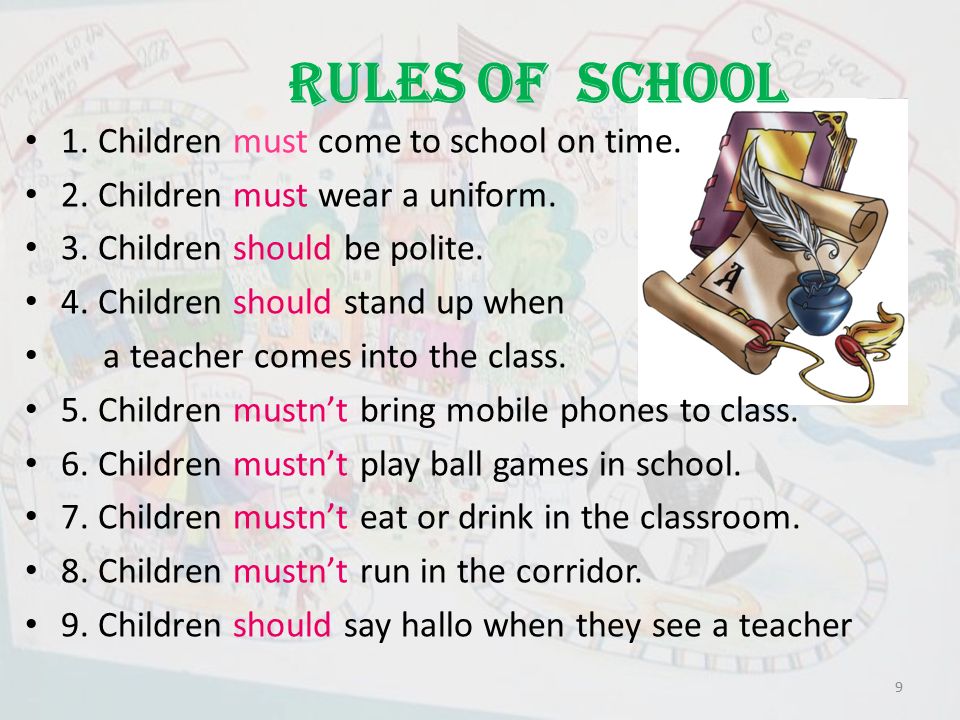 M - mom, P - dad, D - grandfather, V - Vova, I - Irina, etc. The game is exciting, the photo collection can be constantly replenished, as well as supplemented with a collection of drawings. For example, after going to the zoo, a tiger may appear next to the letter T, and a monkey may appear next to the letter O. You can take pictures and draw buses, cars, trees, a playground. Everything that surrounds the child can be reflected in your home alphabet. nine0003
M - mom, P - dad, D - grandfather, V - Vova, I - Irina, etc. The game is exciting, the photo collection can be constantly replenished, as well as supplemented with a collection of drawings. For example, after going to the zoo, a tiger may appear next to the letter T, and a monkey may appear next to the letter O. You can take pictures and draw buses, cars, trees, a playground. Everything that surrounds the child can be reflected in your home alphabet. nine0003
to the table of contents
How to teach the alphabet to a child over 4 years old
to the table of contents
Sandbox at home
In children of this age, fine motor skills are already better developed, so children can be offered to put letters from twigs, constructor, pebbles and cereals. Pour various cereals into a large tray, draw a letter on a piece of cardboard and coat it with glue. Let the baby sprinkle small cereals on top - buckwheat, rice, corn.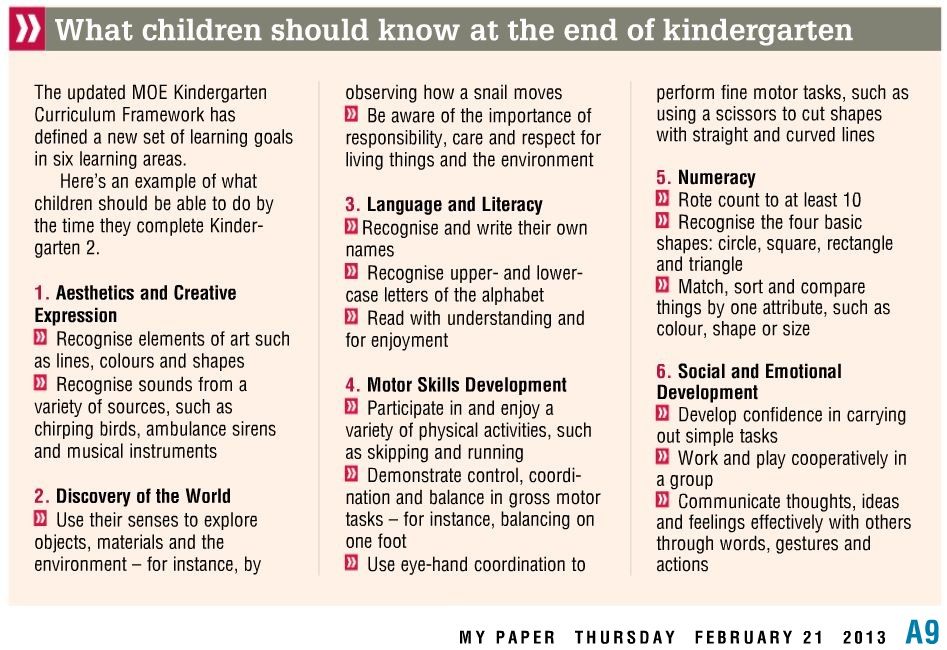 This will develop both fine motor skills and imagination. nine0003
This will develop both fine motor skills and imagination. nine0003
to contents
Board games with letters
Pay attention to the loto and dice with letters: the simpler the image of the letter, the better. After all, drawings can come across unfamiliar, which will only confuse the baby. By the way, the cubes can be made together with the child from colored cardboard. Repeat the sound of the letters during the game. On sale you can find dominoes with the alphabet and other rpg games with letters.
You will know that your baby has learned all the letters when he confidently shows them everywhere, and not in one alphabet. These are signs on shops, the route of transport, advertising on TV. Then you can begin to teach the child to merge letters into syllables. But this is a topic for a separate discussion. nine0003
back to contents
Author's methods for teaching children letters
There are many methods to help parents.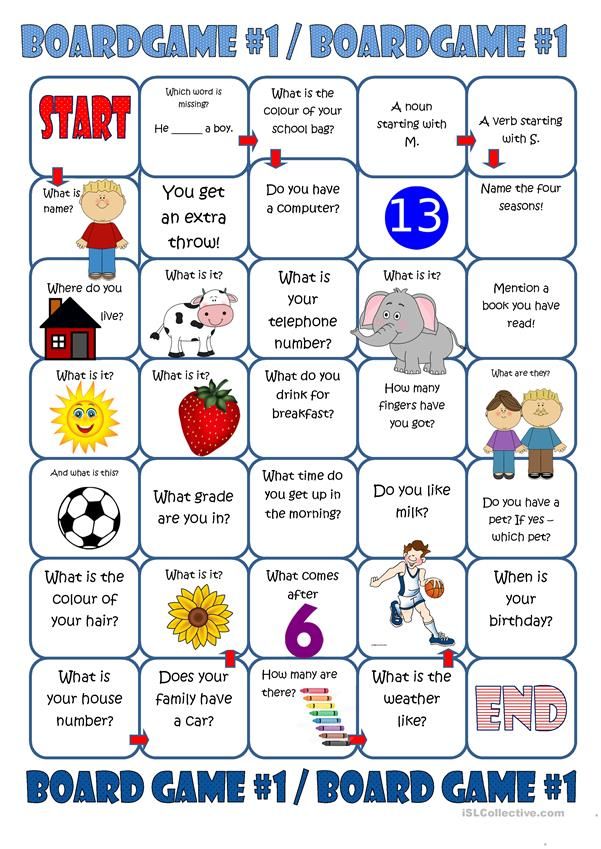 Choose the one that is closer to you and the child. Consider the most popular of them.
Choose the one that is closer to you and the child. Consider the most popular of them.
Elena Bakhtina's method is based on associations. The main learning tool is the ABC book for toddlers from two to five. On each page - one letter and explanations for parents in small print. In addition, there are pages with the same letters that need to be cut out and pasted onto thick cardboard. It turns out that you can play with letters. They become friends. The letter G has a beak and red paws, the letter Z has soft fluffy bunny ears, the D is made in the form of a house, and the letter I is covered in sweets (what kid doesn’t love sweets?). nine0003
Nikolai Zaitsev's method involves teaching not letters, but warehouses right away, although there are letters here too. The main set is cubes (Zaitsev's cubes), which parents must glue on their own, filling them with metal and wooden elements strictly according to the instructions, as well as tables with warehouses that will occupy half the wall. But the child will see all the warehouses in the system, and the content, size and color of the cubes will help him distinguish between deaf and voiced, soft and hard warehouses.
But the child will see all the warehouses in the system, and the content, size and color of the cubes will help him distinguish between deaf and voiced, soft and hard warehouses.
Having taught the child the alphabet and teaching him to read, parents will only have to support their child's interest in reading by acquiring fascinating children's literature. Then he will love books no less than cartoons. And a child who has read a couple of hundred books before school is noticeably ahead of his non-reading peers in development. In the future, the baby will be provided with leading places everywhere - at school, gymnasium, university. After all, reading is the foundation of any learning. nine0003
Good afternoon, dear parents! How often we, wanting to give our children all the best, consider it our duty to instill a love of reading from the very cradle. The idea is good, but you should not escalate the situation around it and turn it into a "fad". It is more important to turn reading into a pleasant pastime.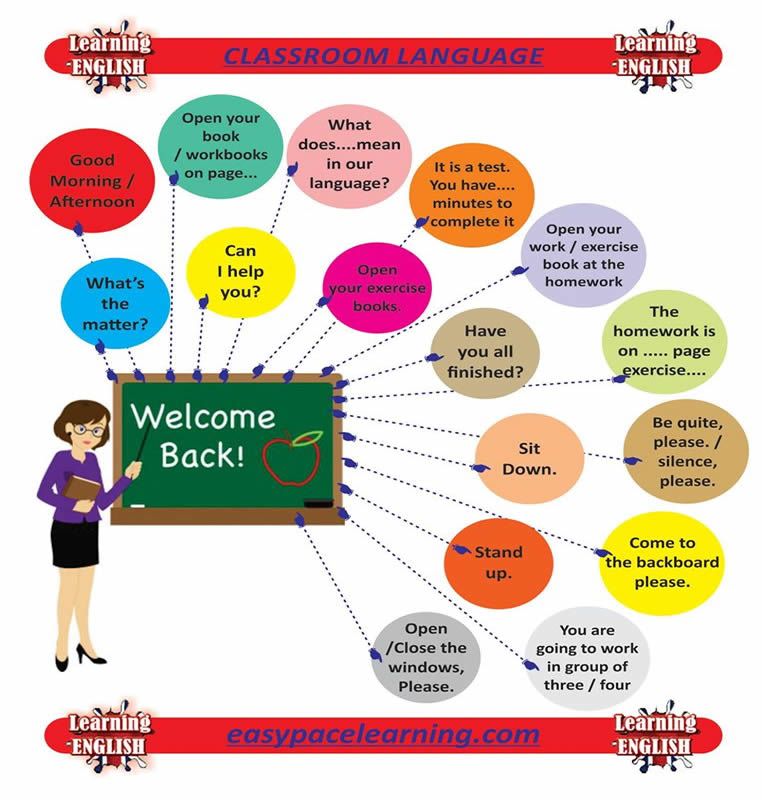 And for this, let's find out how to teach a child the alphabet easily and naturally?
And for this, let's find out how to teach a child the alphabet easily and naturally?
It makes sense to start learning the alphabet when the child is interested in himself or needs to be prepared for school. This should not be dictated by the personal ambitions of the parents: “My Petya is 2 years old, and he already knows the alphabet!” nine0003
How old do you have to be to learn letters? “At 3-4 years old, a child should not memorize letters,” says Maryana Bezrukikh, director of the Institute of Developmental Physiology of the Russian Academy of Education. “At this age, the structures responsible for distinguishing between letters have not yet been formed in the brain.” At best, it will only work out a conditioned reflex.
If parents do not rush the natural course of events, give at each stage what is needed at the moment, then interest in reading will be a harmonious continuation of its development. The main way of knowing the world for a preschooler is a game, so classes should be held in a fun way, and not in the form of an educational process. nine0003
nine0003
On the contrary, attempts to force events backfire. They develop tics, logoneuroses, and incoordination. You have probably heard about Doman cards and other early development methods. Experience shows that early learning does not guarantee high performance in the future. By the age of 5-6, sometimes by 4, children themselves are interested in signs and inscriptions on the street, which is a sign of the physiological maturity of the brain, its readiness to perceive this information.
Reading first nine0019
It is important for parents to remember that learning to read begins before memorizing the alphabet. It is important to lay interest so that the baby wants to learn to read. To do this, we talk a lot with him, learn nursery rhymes, broaden our horizons.
At the first stage, when “woof-woof”, “mu-mu”, the foundations of his phonemic hearing are laid. Then he repeats the rhymes and retells the tales.
We start learning letters from vowels.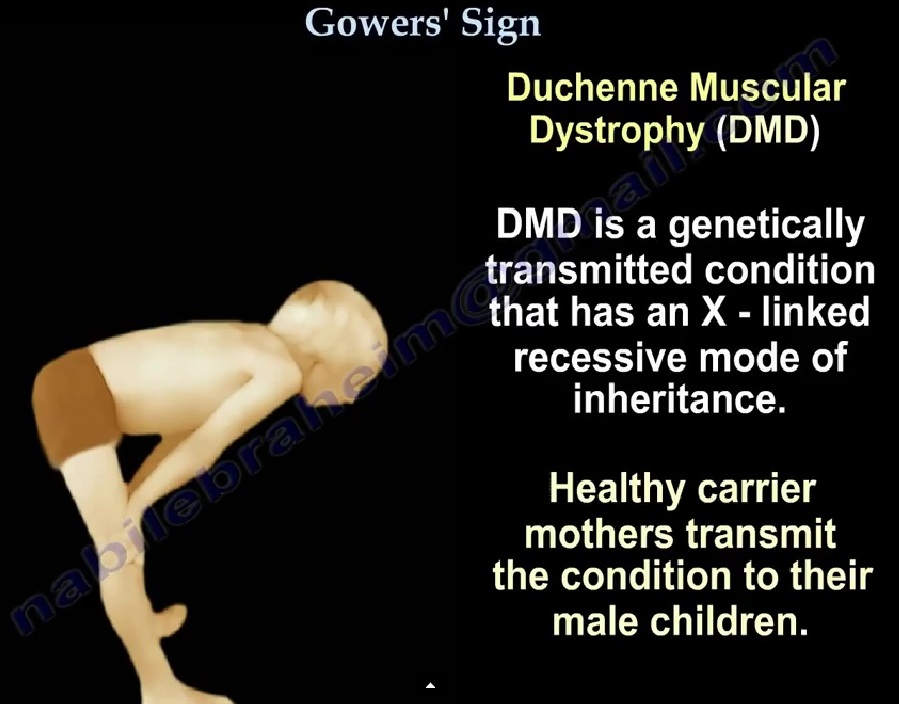 Then you can move on to consonants, but do not forget about an important rule: we learn sounds, not names. As soon as you learned the vowels and proceeded to the consonants, start learning the syllables. We explain to the baby that the letter “k” cannot sing, but only with friends - vowels: “ka”, “ko”, “ku”. Then we add another one and begin to read simple words - “cat”, “juice”, “kar”. nine0003
Then you can move on to consonants, but do not forget about an important rule: we learn sounds, not names. As soon as you learned the vowels and proceeded to the consonants, start learning the syllables. We explain to the baby that the letter “k” cannot sing, but only with friends - vowels: “ka”, “ko”, “ku”. Then we add another one and begin to read simple words - “cat”, “juice”, “kar”. nine0003
7 ways to learn the alphabet
Electronic poster "Speaking alphabet"
As soon as the baby touches the letter, he will pronounce it. There is one secret here. To hear the sound, click not on the letter, but on the button number. For example, to hear "K", presses the number "12". The magic poster will also sing a song and recite poems.
Fridge magnets
Purchase several magnetic alphabet sets. Start learning with the most important word for the baby - his name. If the name is Timothy, at first he can only pay attention to "T". After that, he can move on to other words that are important to him, like “mother”, “dad”, the names of brothers and sisters.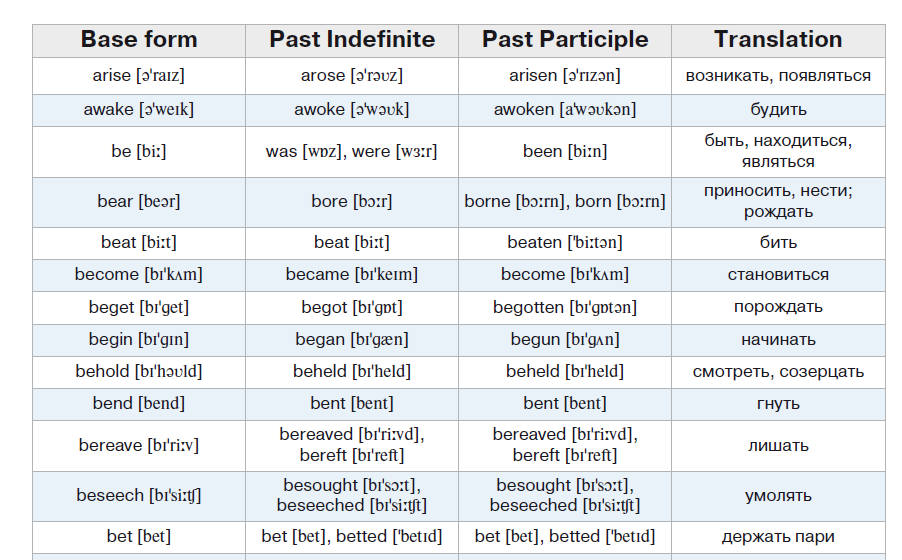 There is no need to rush to master the letters, 3-4 in a few days is enough. nine0023
There is no need to rush to master the letters, 3-4 in a few days is enough. nine0023
Russian alphabet puzzle mat
It will become a pleasant playground, it is soft to crawl and fall on it. Due to the thermal insulation properties of the material, the baby will be warm and comfortable on it, regardless of the season.
Treats
What child doesn't like cookies sometimes? Your baby can learn while he eats. Bake a batch of letter shaped cookies using the alphabet cutters and your favorite recipe. It can help mix the ingredients and apply the frosting to the treat. nine0023
Discuss the alphabet while you bake: “We put butter in the cookies, Anja. What letter does oil begin with? Make "P" cookies for dad, "M" for mom, and for each relative's name. Don't forget about your budding little baker!
Online training
On the Internet you can find many educational videos for learning the alphabet with cartoon characters, such as "Luntik learns letters", "Funny alphabet for children" or "ABC for kids".
Spoken alphabet application nine0044
It can be downloaded from the Google Play Market or from the App Store. An interactive way to learn letters, where each letter is represented by a cheerful plasticine-style animal. Only 6 games aimed at developing memory and reading skills.
Children's learning computer
It will help you learn not only the alphabet, but also contains many other educational games. Their screens are black and white and small in size, so they are safer for babies.
Don't worry too early about whether your little one can read. Better show him how many interesting things there are in books, stories, songs and ditties. Discuss the fairy tales and stories you read. Use different voices and intonations to make him want to repeat after you. At the end, ask which episode he liked the most. Rely not on your expectations, but on his capabilities, and then in the future he will not have difficulties with reading. nine0003
If you liked the suggested tips, share the information with your friends!
All the best to you, dear readers!
Almost all parents understand that the time will come when they will have to learn the letters of the Russian alphabet together with their child.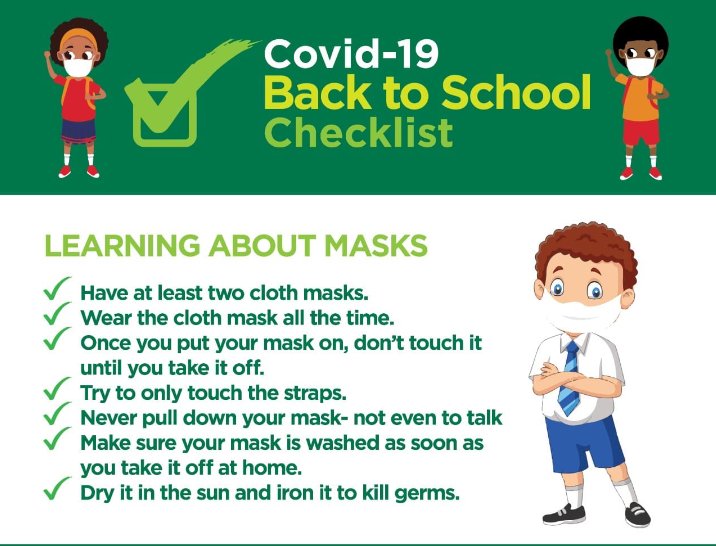 And they have a lot of questions. For example, at what age will learning be most successful? Or how to make classes interesting for children? And, in general, how to study it?
And they have a lot of questions. For example, at what age will learning be most successful? Or how to make classes interesting for children? And, in general, how to study it?
Children learn better through play
You can start learning the alphabet at any age. Some parents start learning the alphabet when the little man was not even a year old. And many do not think about it before school. Of course, these are extremes. In the first case it is still early, in the second it is already too late. The optimal age for learning letters is 4.5–5 years. During this period, children develop the ability to analyze, interest in the environment greatly expands, and the ability to absorb information increases. It is at this time that the child may have a desire to learn to read. nine0003
Methods that help learning
There are a lot of different methods, methods and exercises that make it easy for children to learn the letters of the Russian alphabet. These can be special coloring books, and computer games, and cutting out letters, sculpting them from plasticine, and even baking.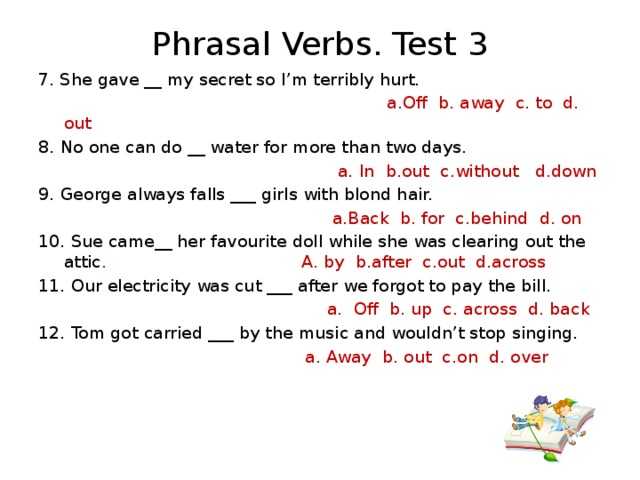
The original way to memorize letters
You can try this technique: first you need to memorize 10 vowels, they come in pairs and rhyme, so it will be easy to learn them: A-Z, U-Yu, O-E, E-E, Y-I. And then move on to consonants, which can also be divided into pairs, for example, deaf - voiced. There is also a method of studying sounds, not letters. nine0023
One of the most effective ways is singing. You just need to learn the song with the alphabet and constantly sing it. And this option is also popular: learning the letters of the Russian alphabet for children aged 5 years not with letters, but immediately with words.
Learning and memorization work best when visual memory is involved. Therefore, it will be very effective to cut out large letters and place them in a zone of constant visibility so that the child can get used to them and remember them. It is good that they are red, as this color attracts attention.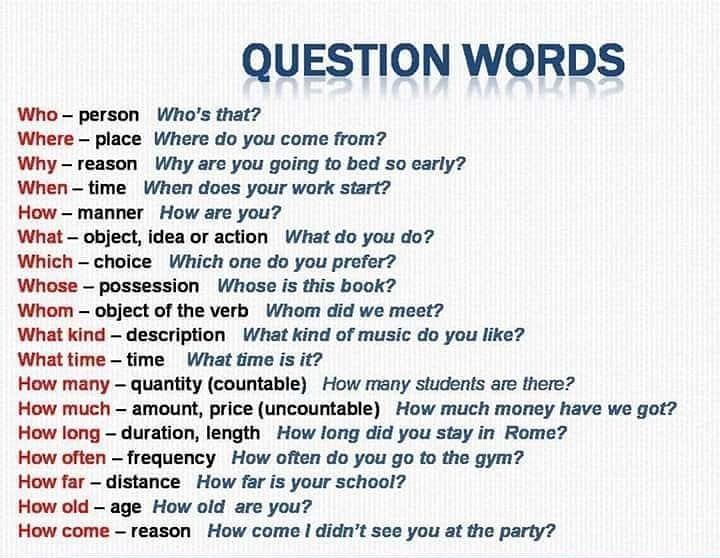 In general, all tools, cards, materials used in training should be very bright, colorful, beautiful and attractive in appearance. nine0003
In general, all tools, cards, materials used in training should be very bright, colorful, beautiful and attractive in appearance. nine0003
It has been proven that children remember the alphabet faster and easier if the letters are depicted as an animal. Or when a picture is drawn next to the letter. And then the letters will be associated in children with a certain image. For example, A with a watermelon or a stork, B with a drum, etc.
If you simultaneously teach your child to write the letters being studied, the effect will increase many times over.
Only no exams and forced imposition! All this should be interesting to the baby. Let the information flow slowly so that the child does not get confused and does not refuse to learn. It's just wonderful if the baby begins to be interested in letters on his own. And if not, then you need to awaken this curiosity in him. And temporarily postpone classes if, nevertheless, interest does not arise. nine0003
When we learn letters together with a child, we often have various questions and doubts. Acquaintance with letters is an important stage in the development of the crumbs, because it is from them, while signs unfamiliar to him, that he will then learn to compose words, read, write the first word.
Acquaintance with letters is an important stage in the development of the crumbs, because it is from them, while signs unfamiliar to him, that he will then learn to compose words, read, write the first word.
How to make the learning process simple, as interesting as possible, present information in a playful way and help the child remember important information, we will tell today in our material.
Learning letters: preparation for the process nine0562
There is no single answer to the question “at what age is it better to start learning letters” , it all depends on the initiative of the parents and the individual readiness of the child.
Some mothers and fathers begin the process of learning the alphabet at 2-3 years of age. At this age, the baby rarely manages to remember well such a large array of information, but he doesn’t need it yet, but some letters he may well master and learn.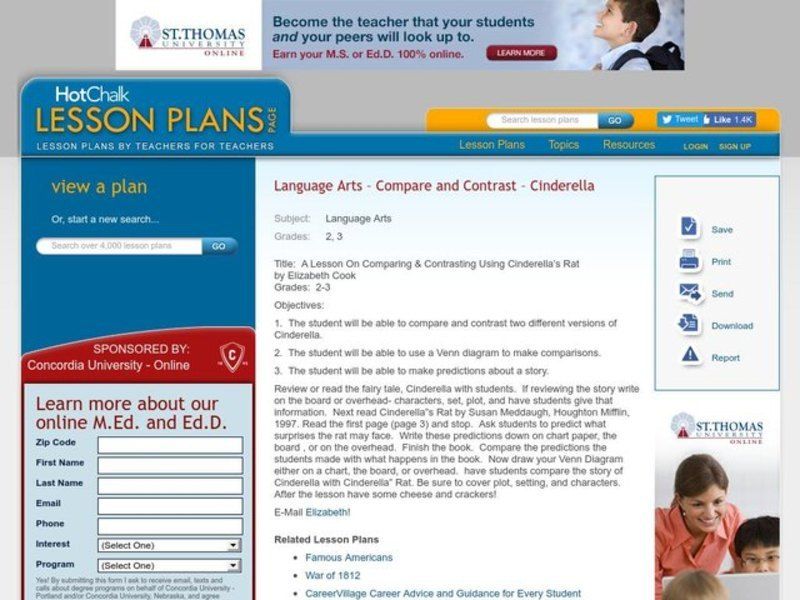 nine0003
nine0003
For example, A, B and C, the first letter of their name, become familiar and recognizable, K - if a cat lives with a child and C - when a four-legged dog friend is a full member of the family.
But too zealous is not worth it, at this age it is not the number of letters learned that is important, but the ability of parents.
How to do this if the baby is still small enough? We have some rules .
Read to your baby every day nine0202 . Well, if there are a lot of children's books at home, the child will have favorite ones, he will be able to choose books to read.
While reading, sit next to your child so that he can see the text on the page. As in childhood, run your finger along the lines , so it will be easier for the baby to remember and match the spelling and sound of the letters.
Do not hide books , afraid that the child will tear or stain them. Buy children's editions with hard, cardboard pages - such copies are harder to damage by careless movement. nine0003
Buy children's editions with hard, cardboard pages - such copies are harder to damage by careless movement. nine0003
Carefully but firmly take books out of the hands of the little prankster if he decides to use them for other purposes. Tell and explain that they need to be read, they are our friends who tell a lot of interesting things.
Even if the child does not want to listen to fairy tales yet, let him consider in the books there are bright pictures, flipping through the pages, studying the facial expressions of the characters.
For training memory and attention ask nine0562 crumbs about what you read. At least in a few words, let the child tell who he learned about this time, try to retell the plot, reproduce the sequence of events.
In the case of an early start of education, parents should not forget that at the age of 2-3 years, it is quite difficult for a child to concentrate on something longer than 10-15 minutes, and they may also have difficulty if they need to learn several new letters at once.
Do you see that the baby is starting to lose interest and get distracted? So, it's time to finish the lesson, even if you worked out for only 5-10 minutes.
It is not necessary to introduce a large number of letters at once - 2-3 per day is enough. It is not necessary to introduce them into everyday life strictly in alphabetical order, while this is absolutely not important to the child. Take for example some small understandable word, such as "ball", "meow", "nose", "house" or the name of the crumbs, and begin to master the sounds that make it up. nine0003
The best assistants - interest and motivation
Let's go back a little bit. Remember how you introduced your baby to the first complementary foods ? The majority of parents begin to do this when the baby shows active interest to the content of adult plates.
In learning the alphabet, we advise you to follow the same rule - there is no point in hurrying , learn all the letters as quickly as possible. The motto "five-year plan - in two months" is not the slogan that should be followed in this case. nine0003
The motto "five-year plan - in two months" is not the slogan that should be followed in this case. nine0003
Better wait for the moment when , and asks what the new book is called, what is written on the juice box, or how to read the name of his favorite toy store.
Play-learn
How to make the process of learning letters interesting for a child? Unfortunately, there is no universal method.
Many parents, without further ado, prefer alphabet books familiar from childhood but there are 9 more0561 several options to which we would like to draw your attention.
Magnetic alphabet . Multi-colored letters on magnets can be attached to any metal surface: easel, refrigerator or dishes. The kid will be able to pick up each letter, feel it, place it in the company of others, experiment, creating combinations at its discretion. With the magnetic alphabet, you can not only create different words, but also develop the child's imagination - let him tell you what the letter Zh, L or D looks like. Do not forget about attention. For example, you learned the word "cup" with your child. Remove one of the letters, and let the kid say which one is missing, and then name the resulting word. nine0003
Do not forget about attention. For example, you learned the word "cup" with your child. Remove one of the letters, and let the kid say which one is missing, and then name the resulting word. nine0003
Cubes . The method by which our parents learned to read is still in force! It doesn't matter what the cubes are - wooden or plastic, the main thing is that there are enough of them to add at least a small word. Therefore, if you purchase a set, check whether it contains, for example, the letters A, P and M, so that you or the child can simultaneously add the words MOM and DAD. For those who are ready to start studying not only letters, but also syllables, and are also actively tuned in to reading, Zaitsev's Cubes will help. nine0003
Cards . Assorted letter card sets are usually sold in toy stores or bookstores. The task of parents is to choose a design that you like. But you can create such cards yourself, together with the baby, this is a great creative activity. Draw large any letter on a sheet from the sketchbook, select and stick next to small pictures depicting objects that begin with this letter. You can choose pictures from magazines, and if you don’t want to draw, type the letters on the computer and print. If you wish, you can make a whole primer with your own hands, decorating each leaf as you wish. nine0003
Draw large any letter on a sheet from the sketchbook, select and stick next to small pictures depicting objects that begin with this letter. You can choose pictures from magazines, and if you don’t want to draw, type the letters on the computer and print. If you wish, you can make a whole primer with your own hands, decorating each leaf as you wish. nine0003
Handy materials . For those children and parents who love creativity, we advise you to move away from the usual pencils and paints, and write letters with chalk on the pavement, erasable felt-tip pens on the floor, a finger on the sand, jam on the table, a laser pointer in the dark on the wall. Sculpt letters from dough, plasticine, cut out from wood, create words from constructor cubes, lay out from caps, pasta, counting sticks, pebbles, leaves and cones.
Speaking alphabet . Those people who came up with posters with the "Talking ABC" are really great, this is a very useful thing. By clicking on a particular letter, the child will hear how it is pronounced, and by answering questions in the "Exam" mode, he will be able to consolidate his knowledge in a playful way.
By clicking on a particular letter, the child will hear how it is pronounced, and by answering questions in the "Exam" mode, he will be able to consolidate his knowledge in a playful way.
Attention test . Did you know that letters tend to hide? Yes Yes! And at the same time, they love being looked for. This is what we advise you to do with your child, armed with a red felt-tip pen and an unnecessary magazine with large letters. Announce who is hiding with us today, and forward - in search! With an older child, 5-7 years old, it is interesting to play such a game in a race. The main thing is that you have the same magazines that you will open on the same page. One, two, three - it's time! nine0003
Watch and sing . On the Internet, there are many short videos, cartoons and songs that will make it easier for the baby to memorize new letters. Letter learning apps are available for iPad and iPhone . Parent's task: before showing the child, view and evaluate the video or task to your liking.

